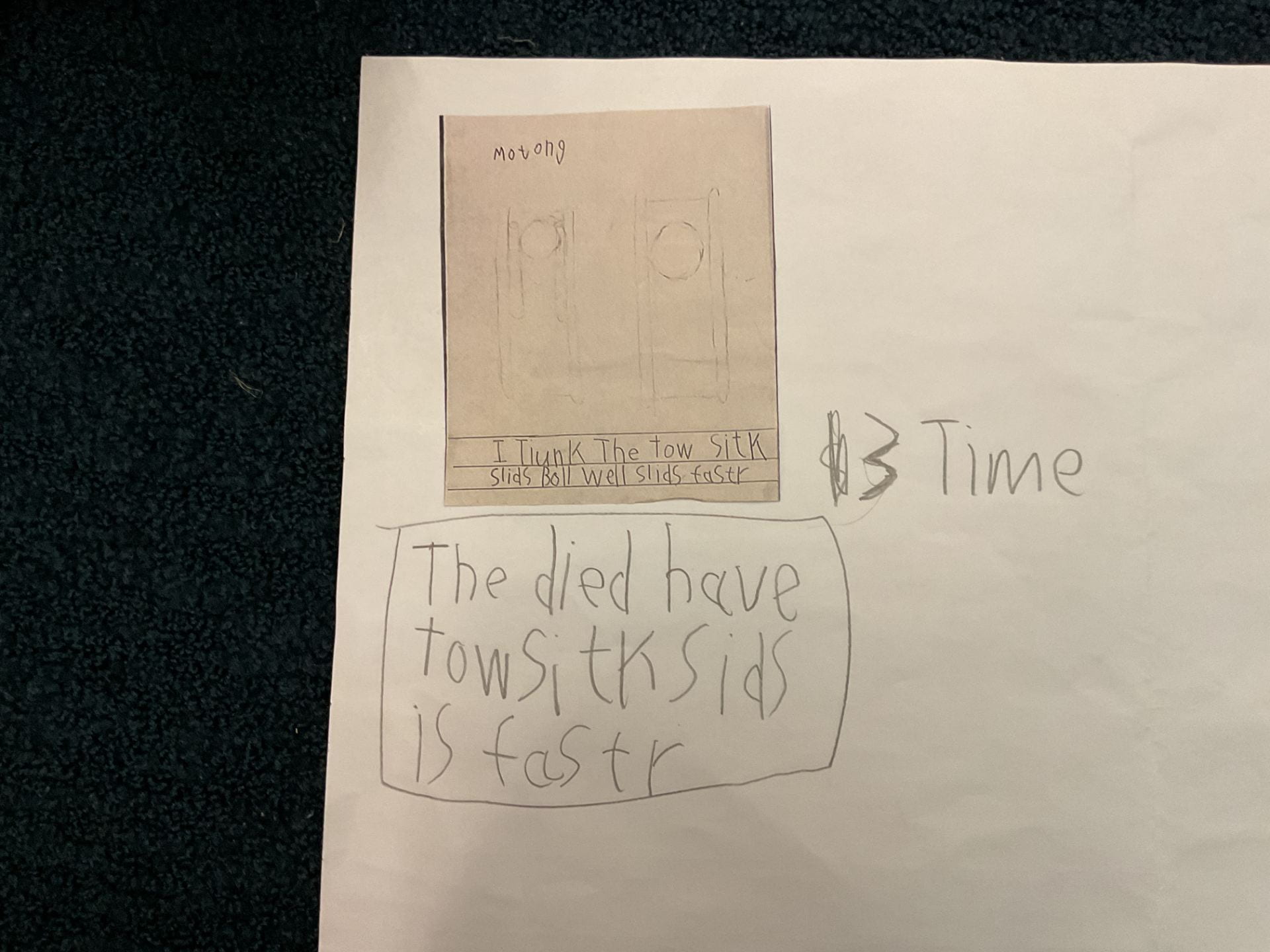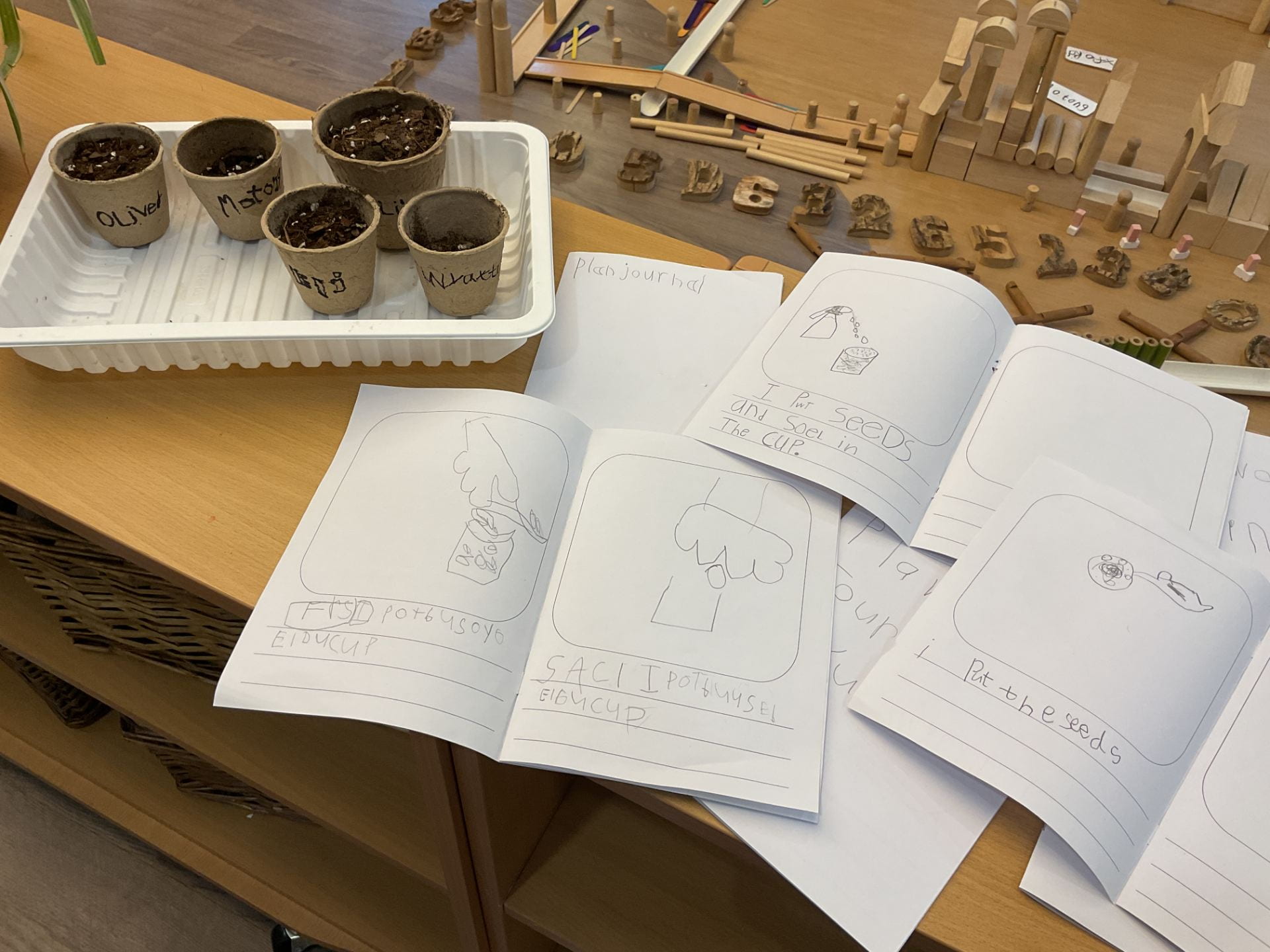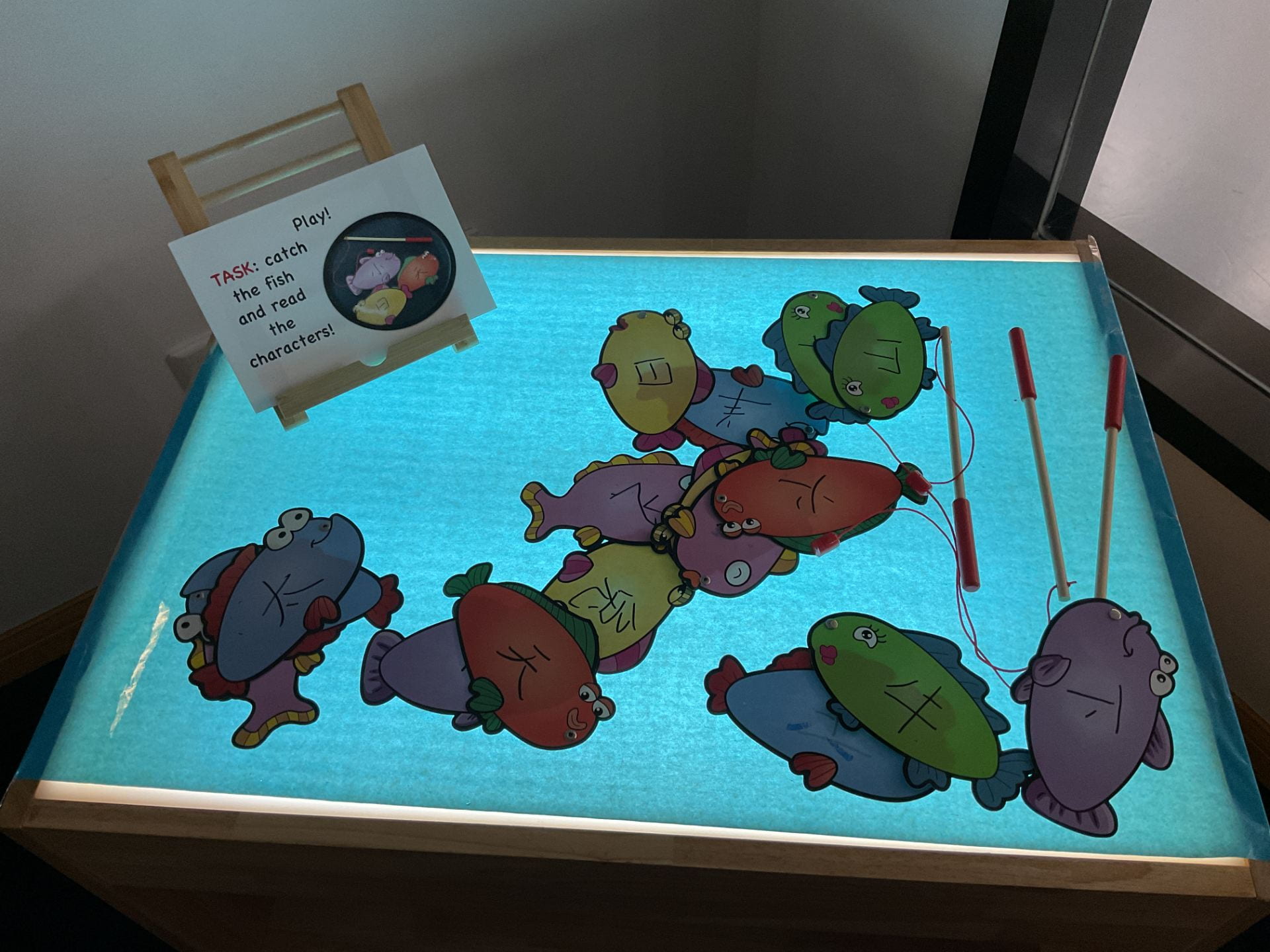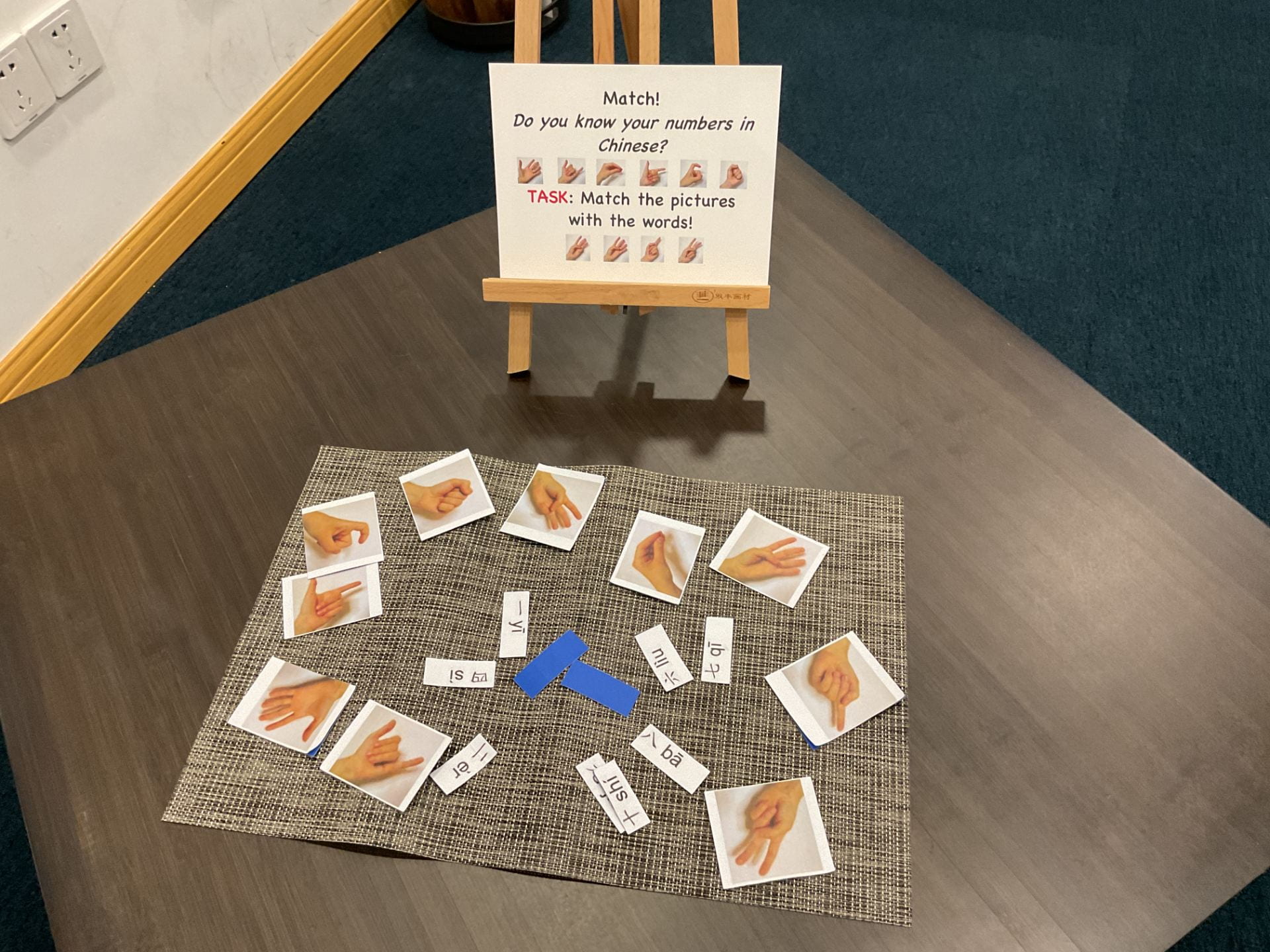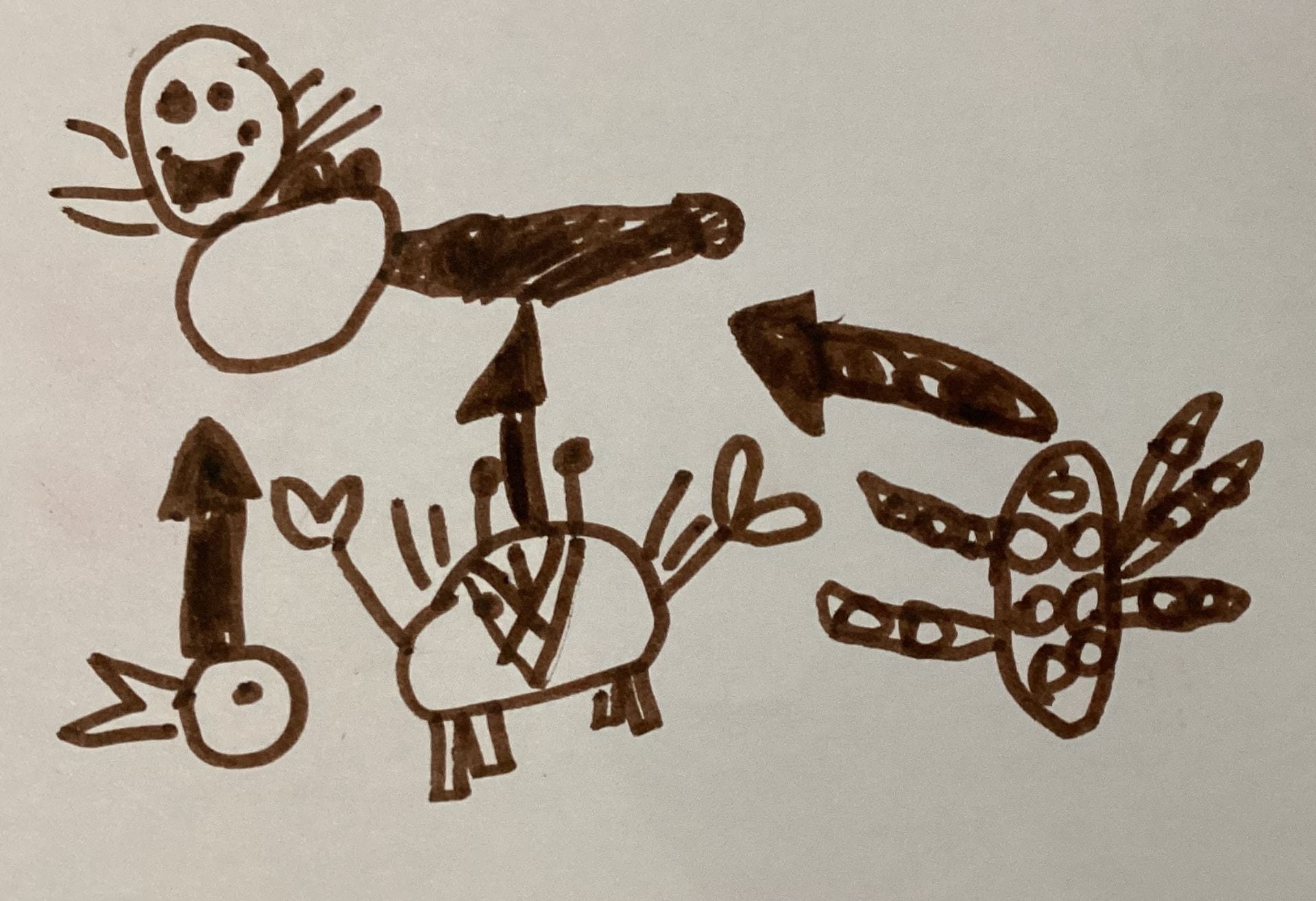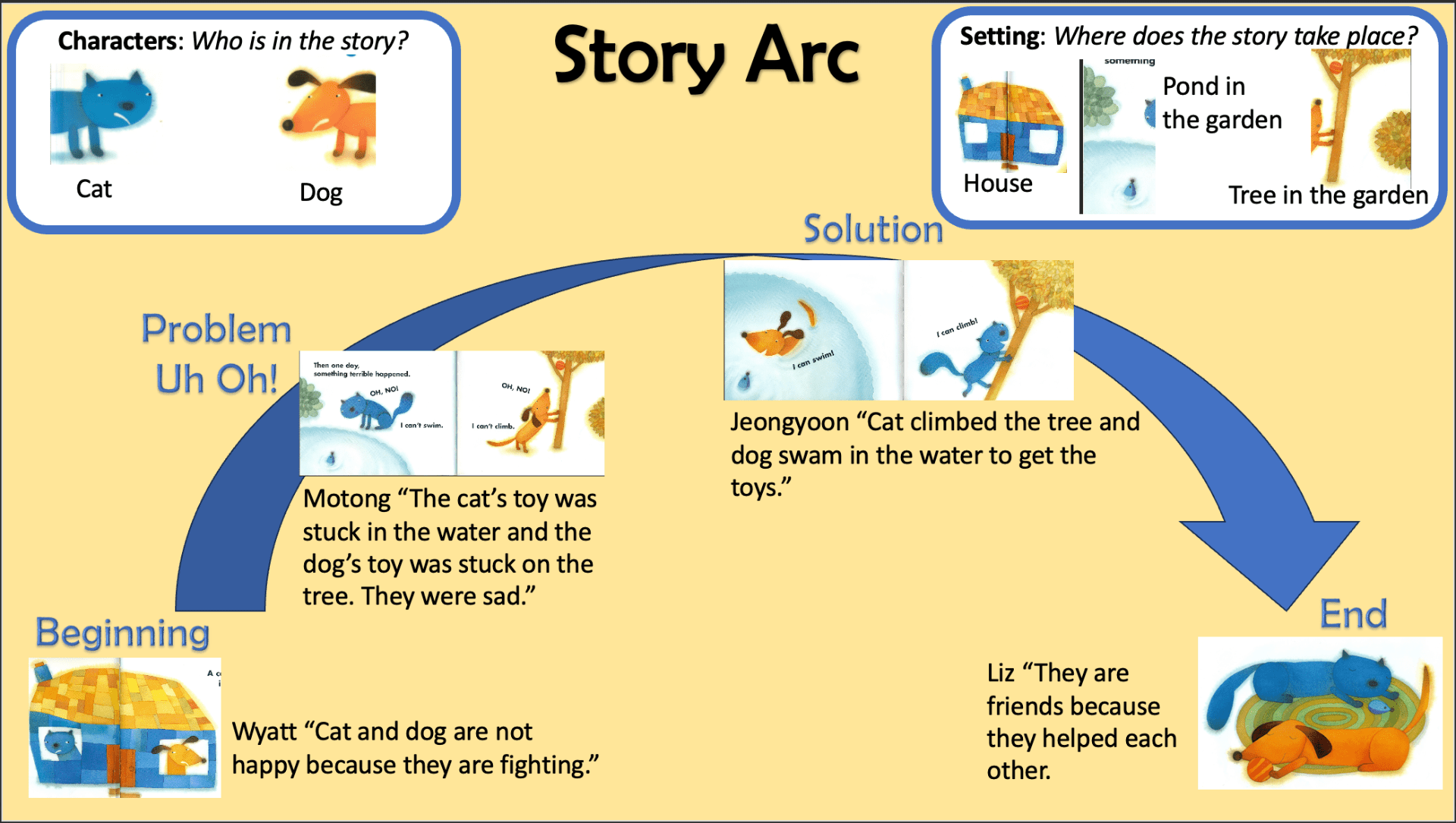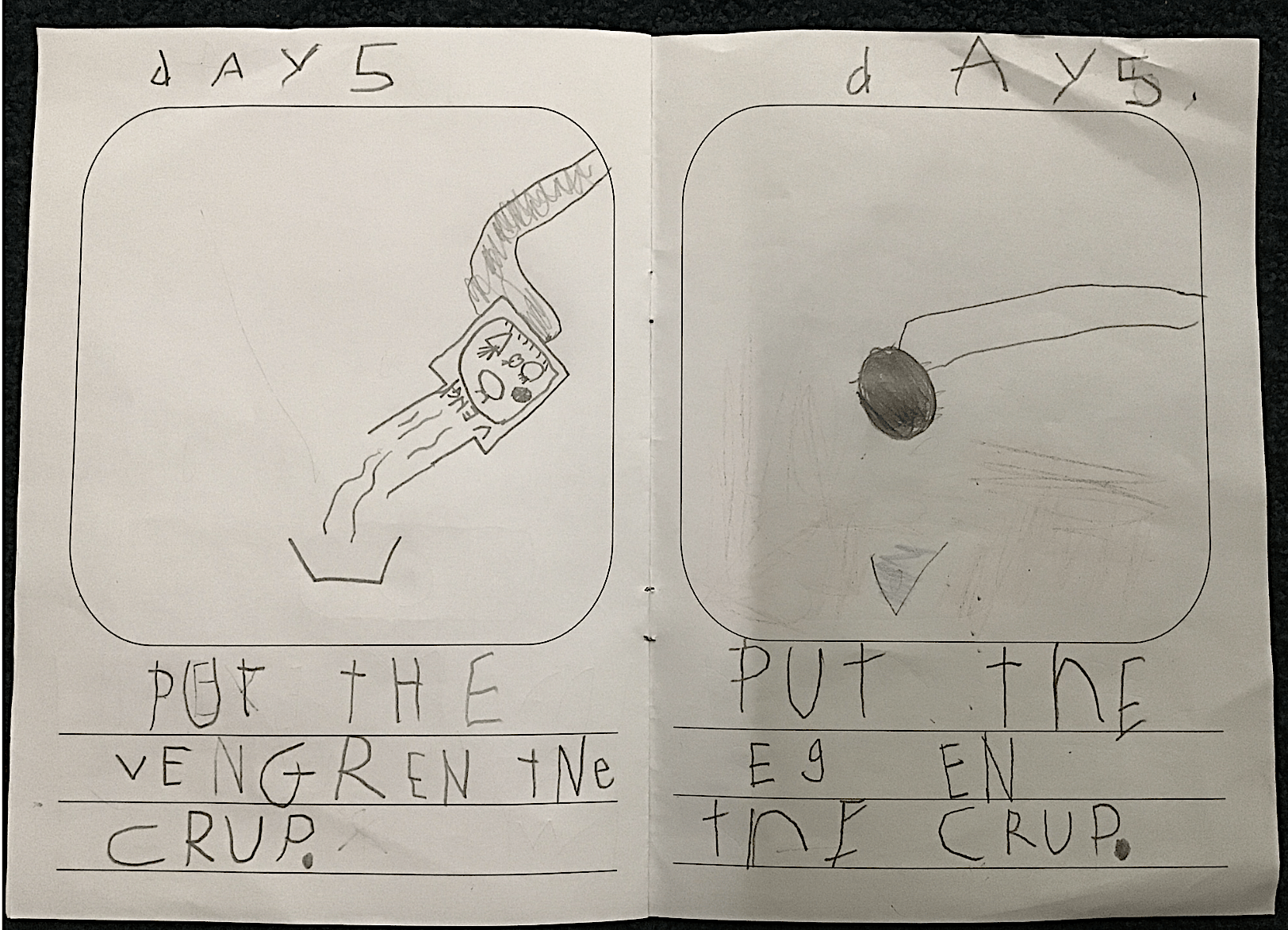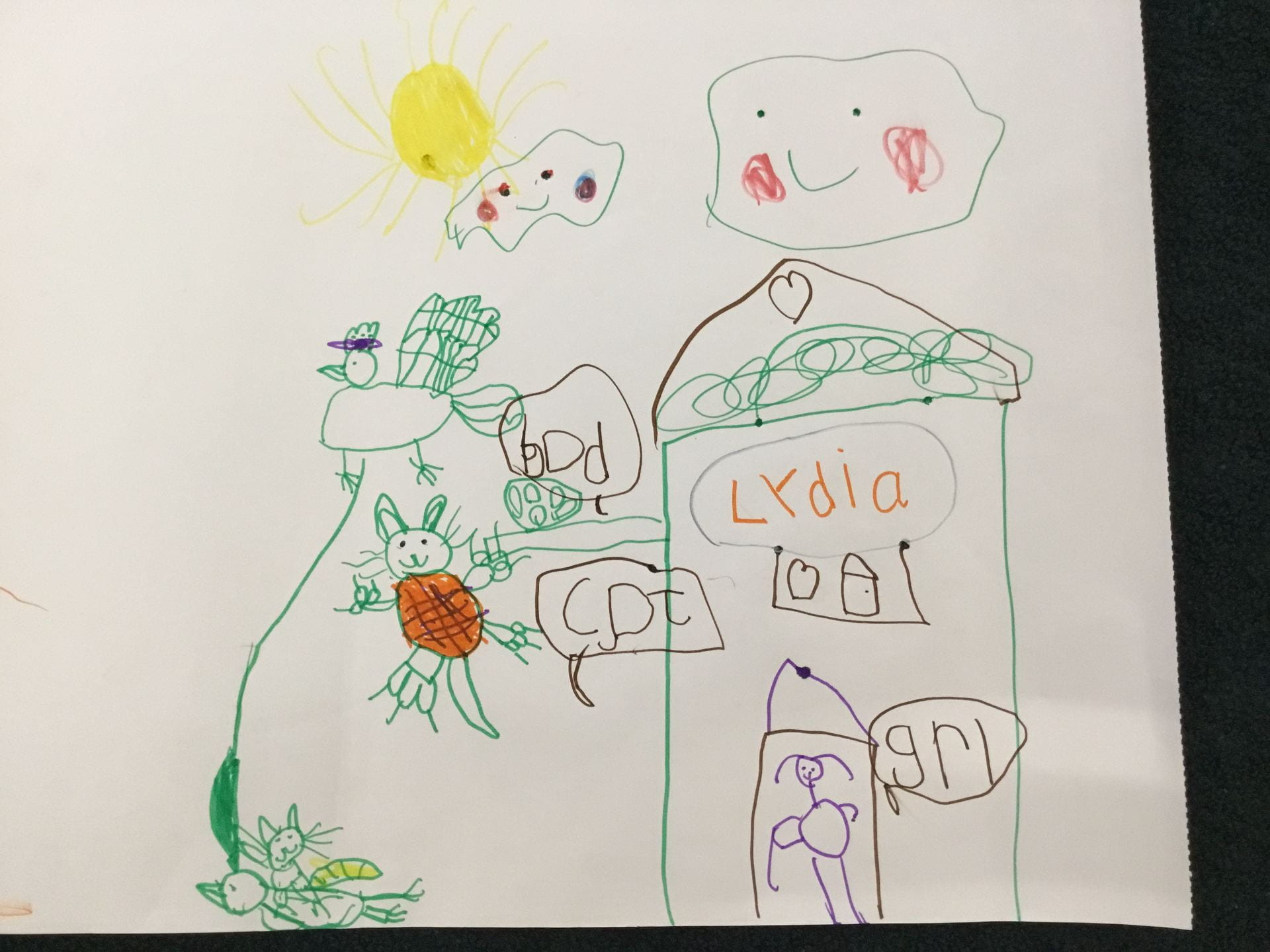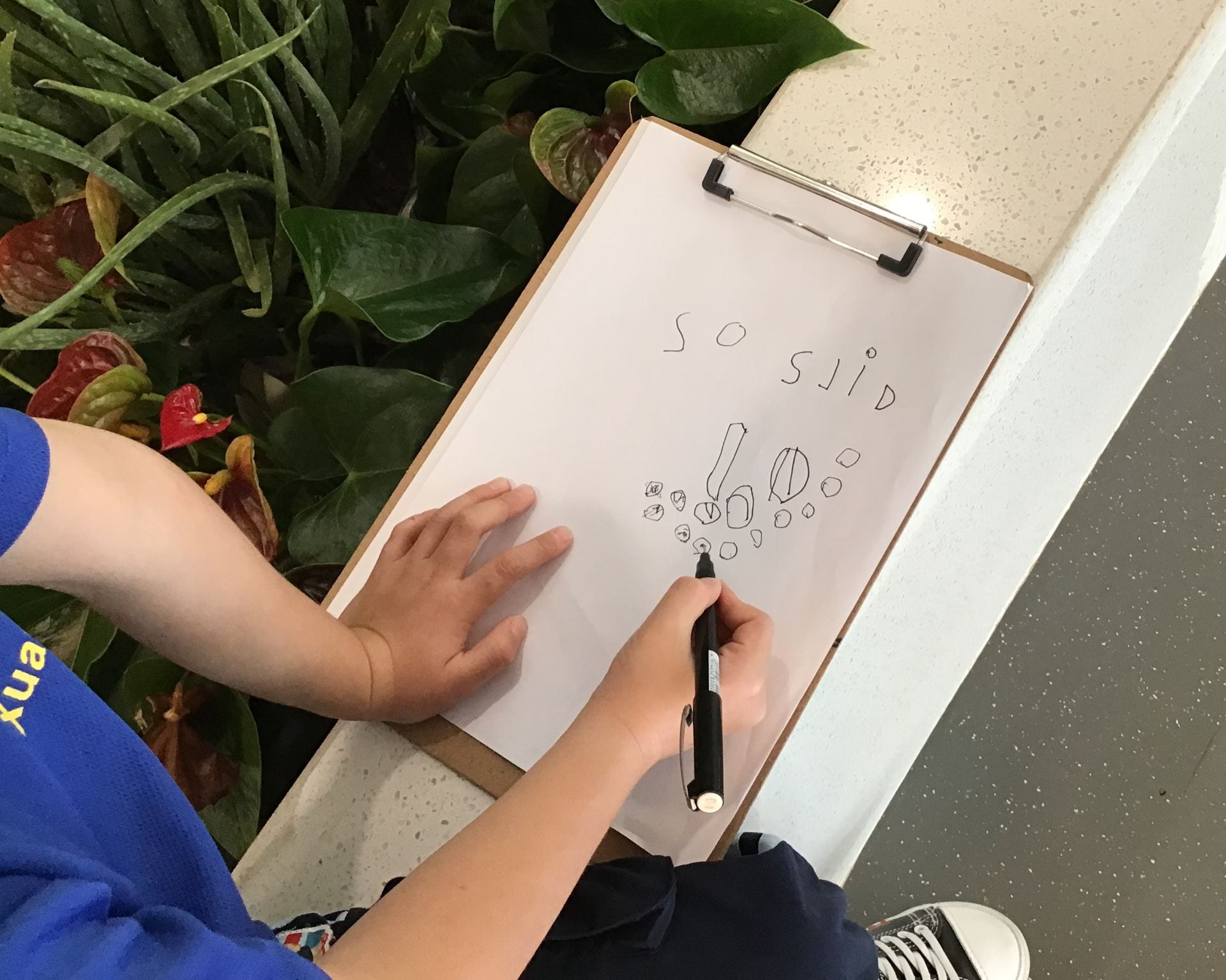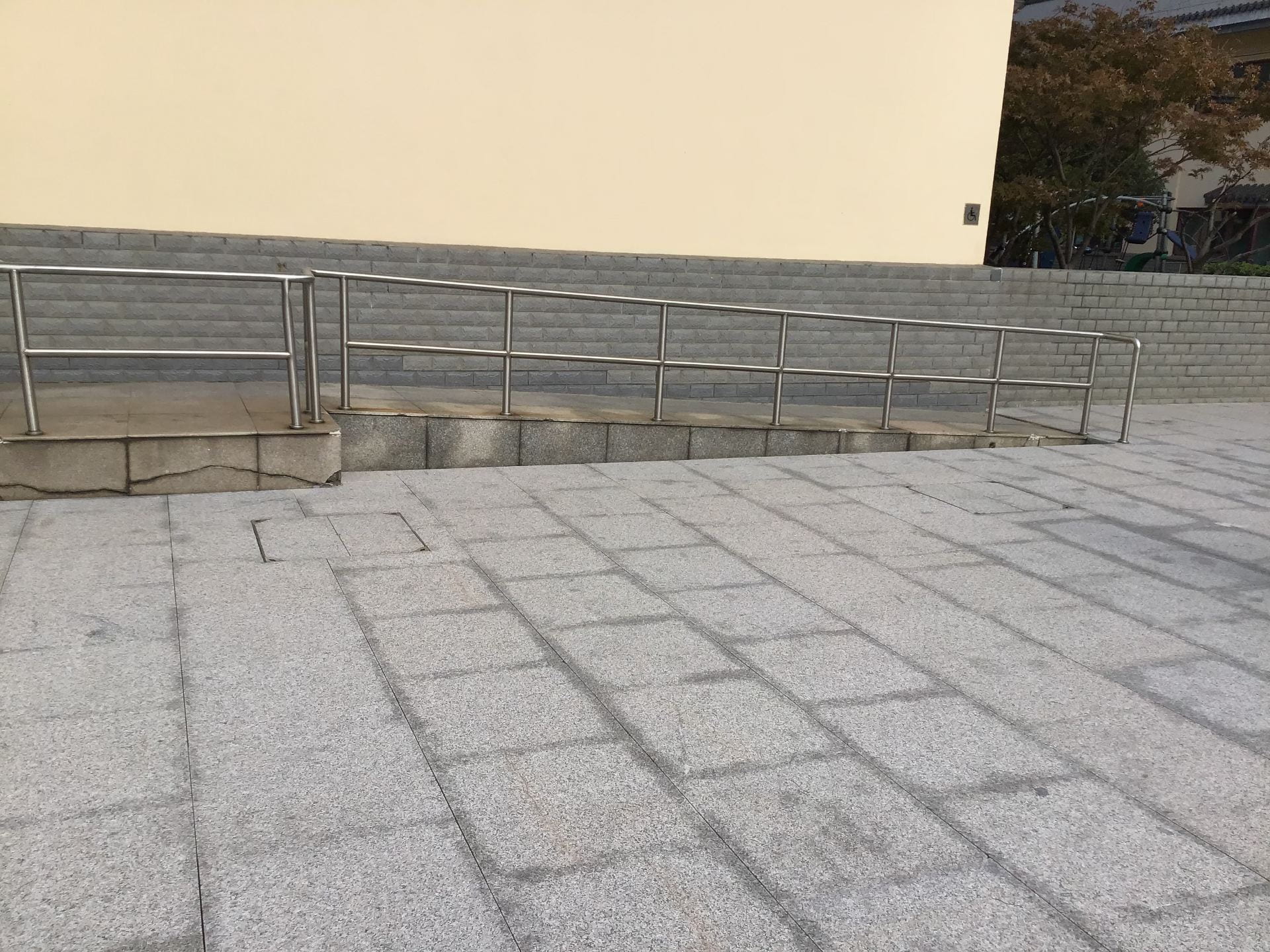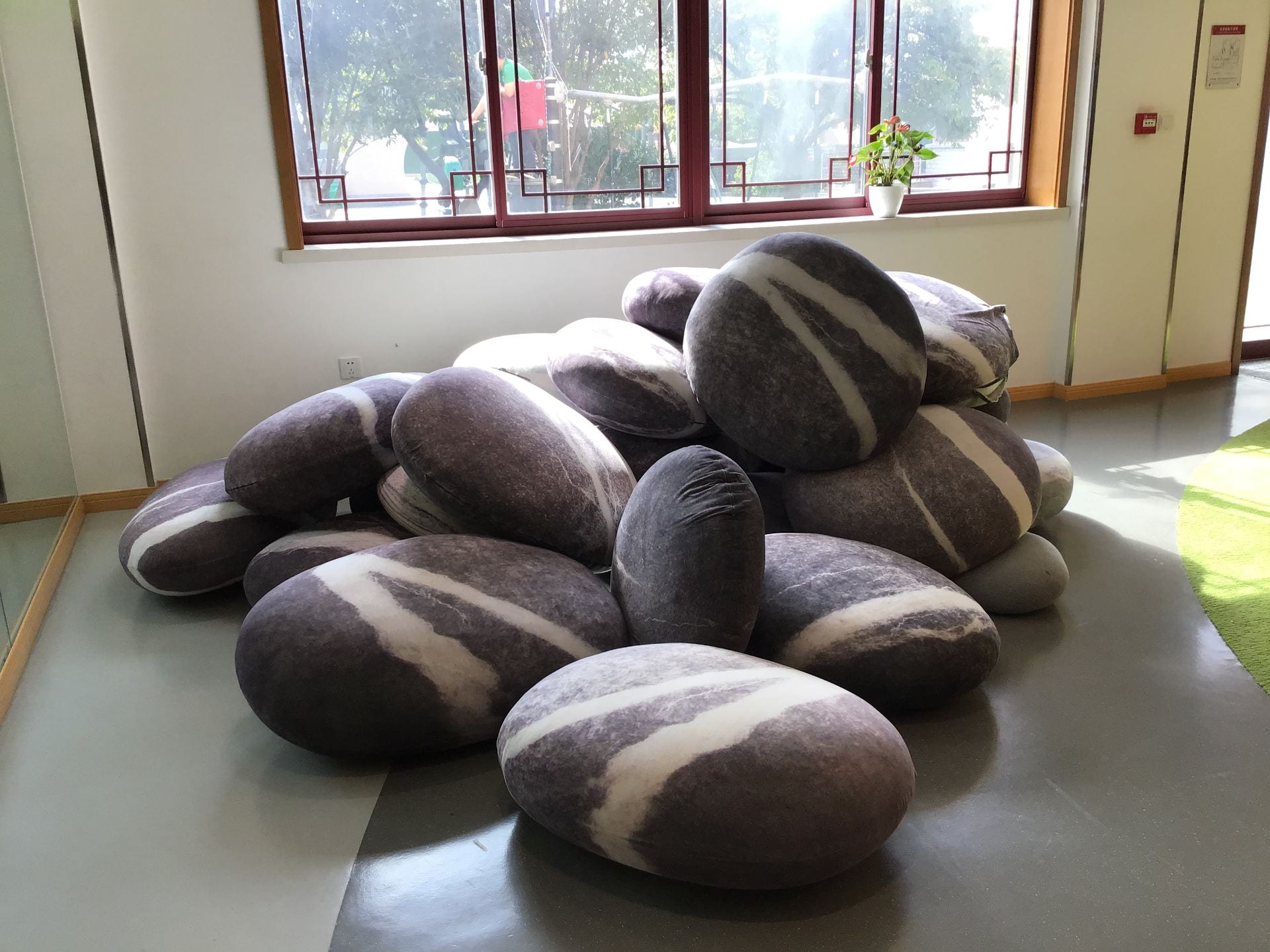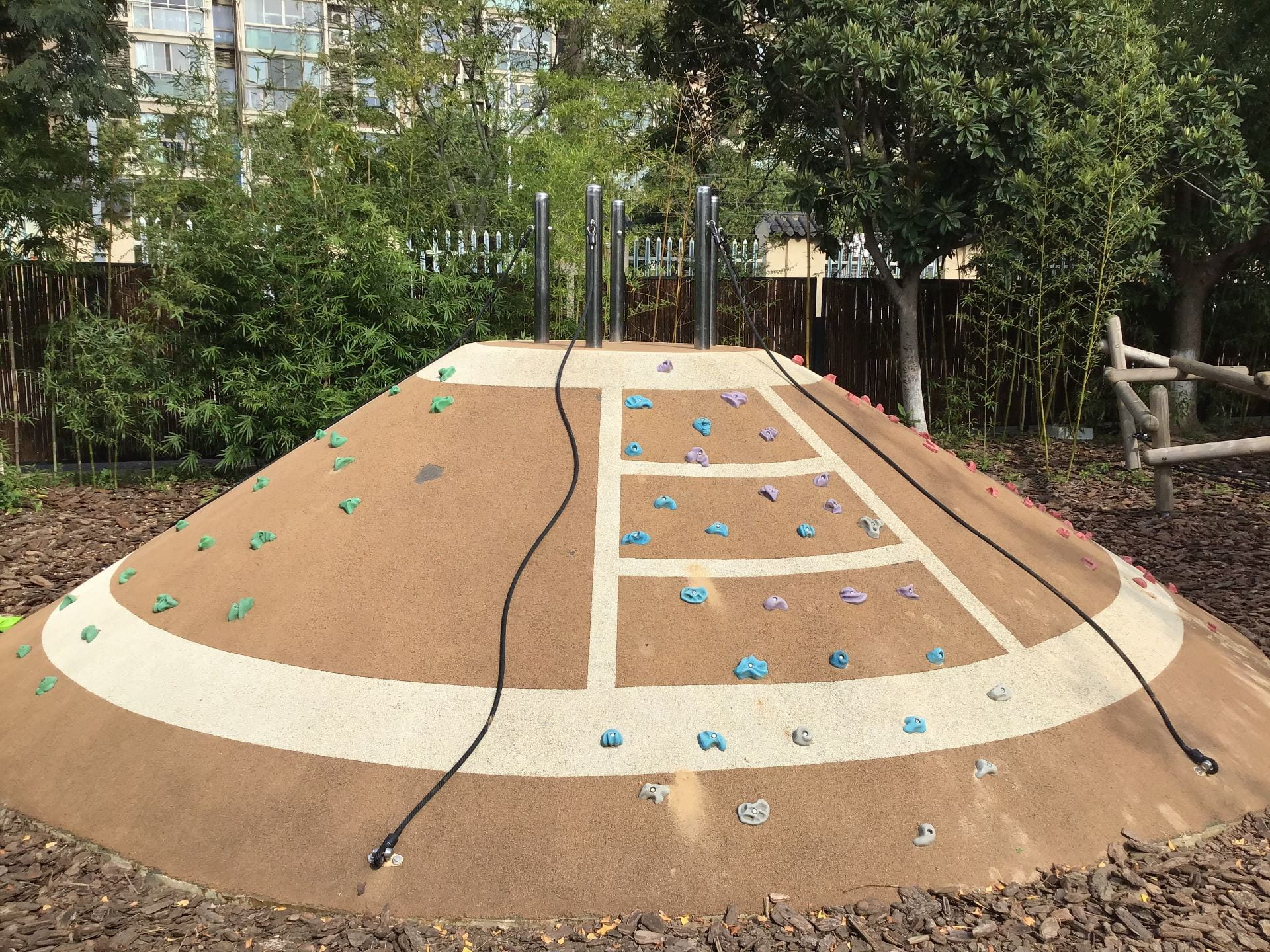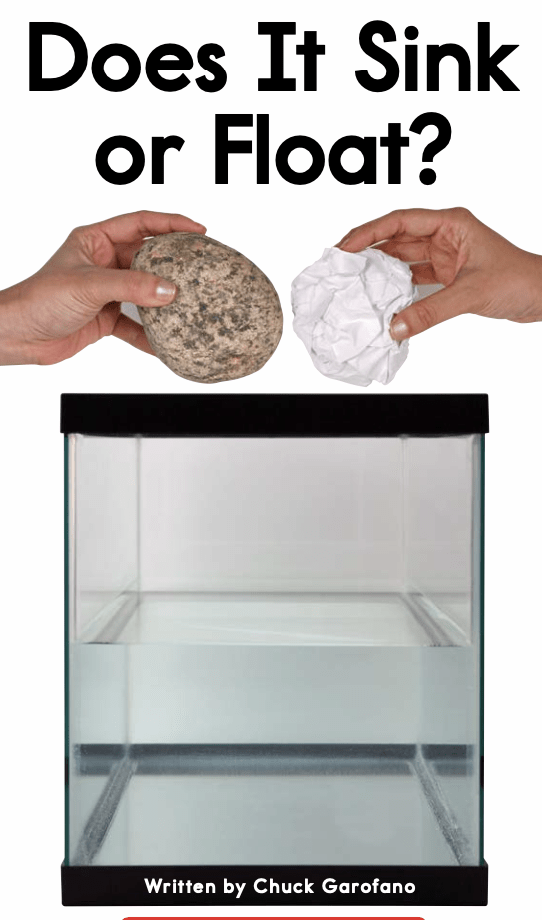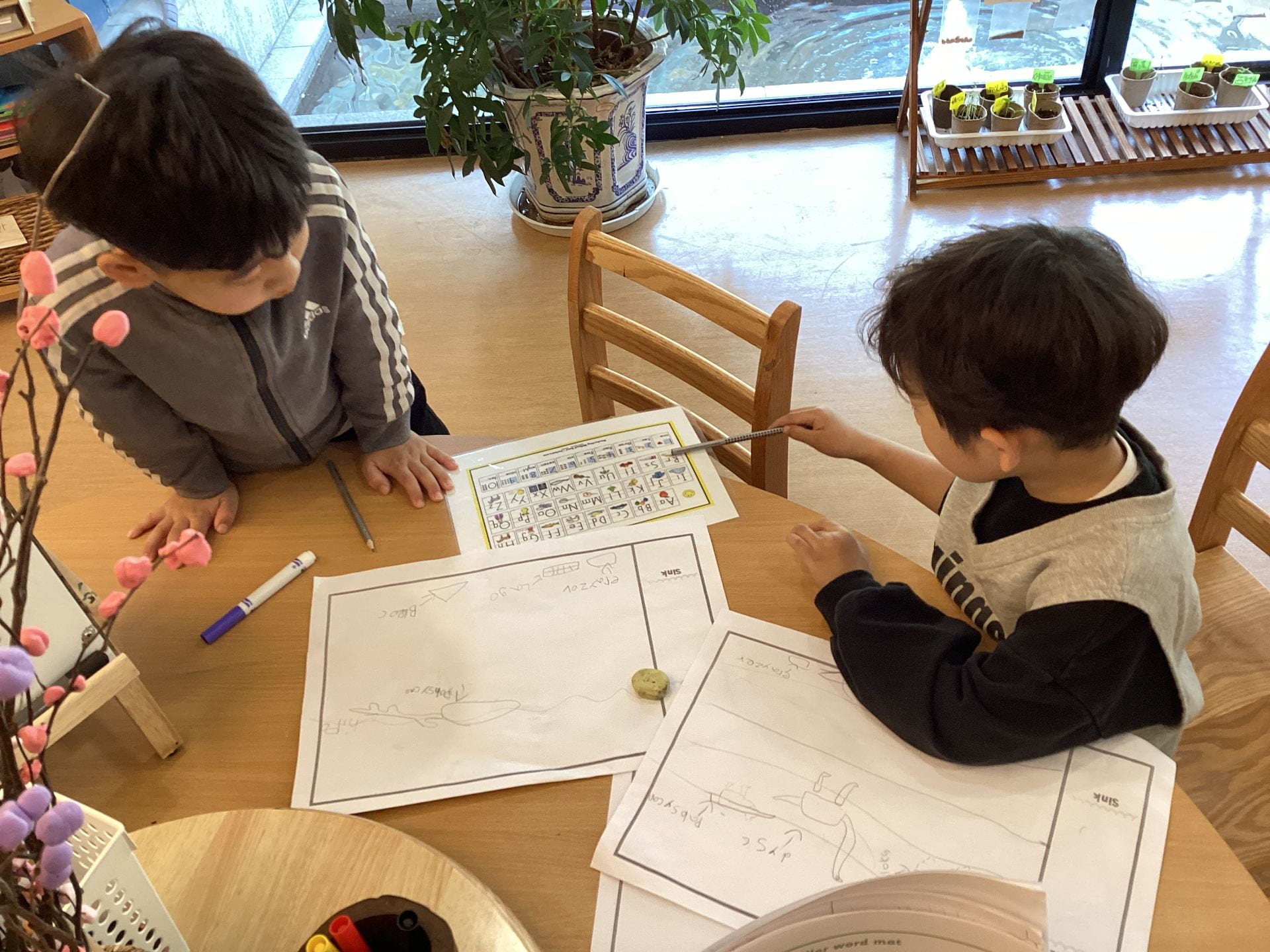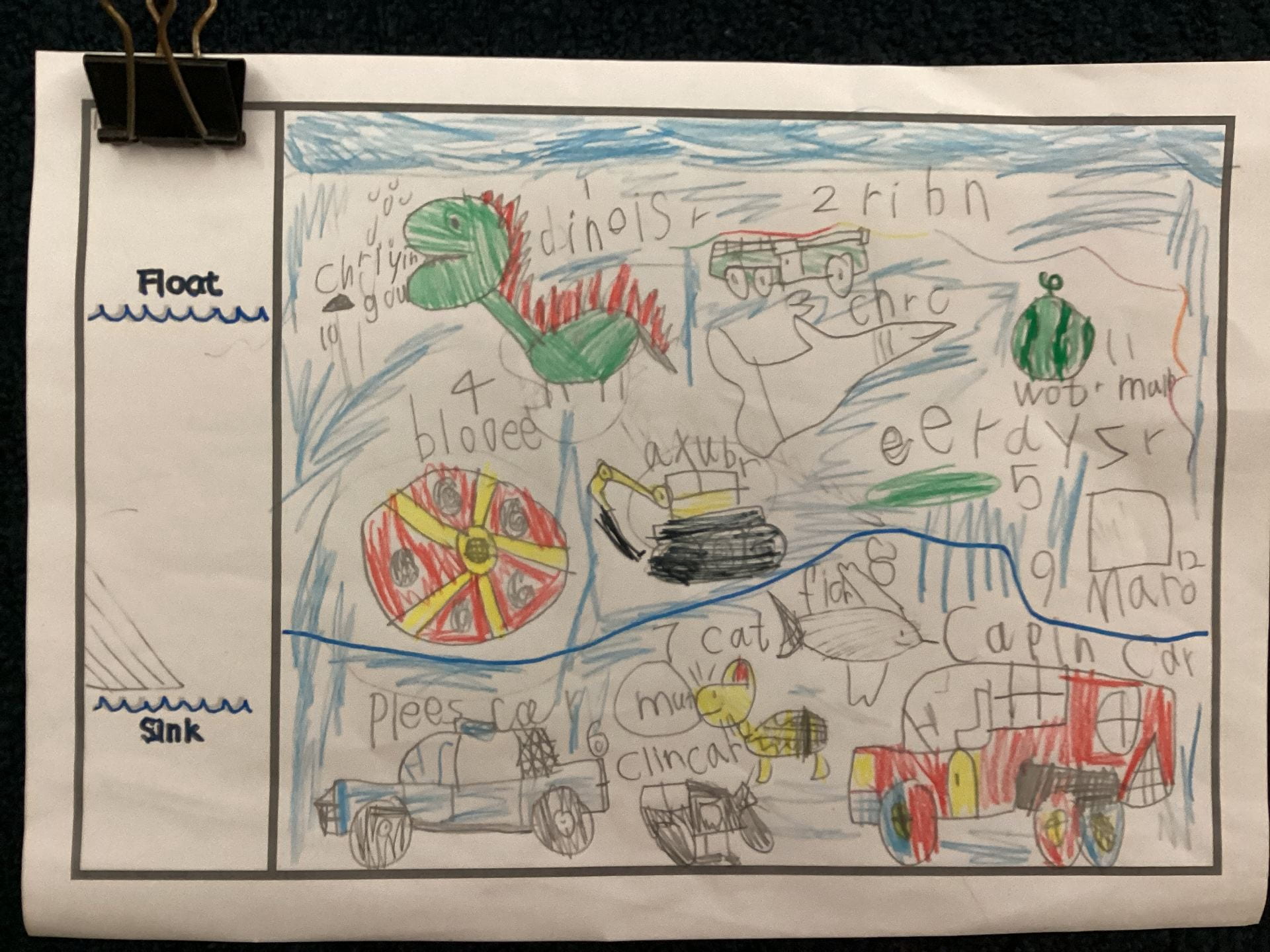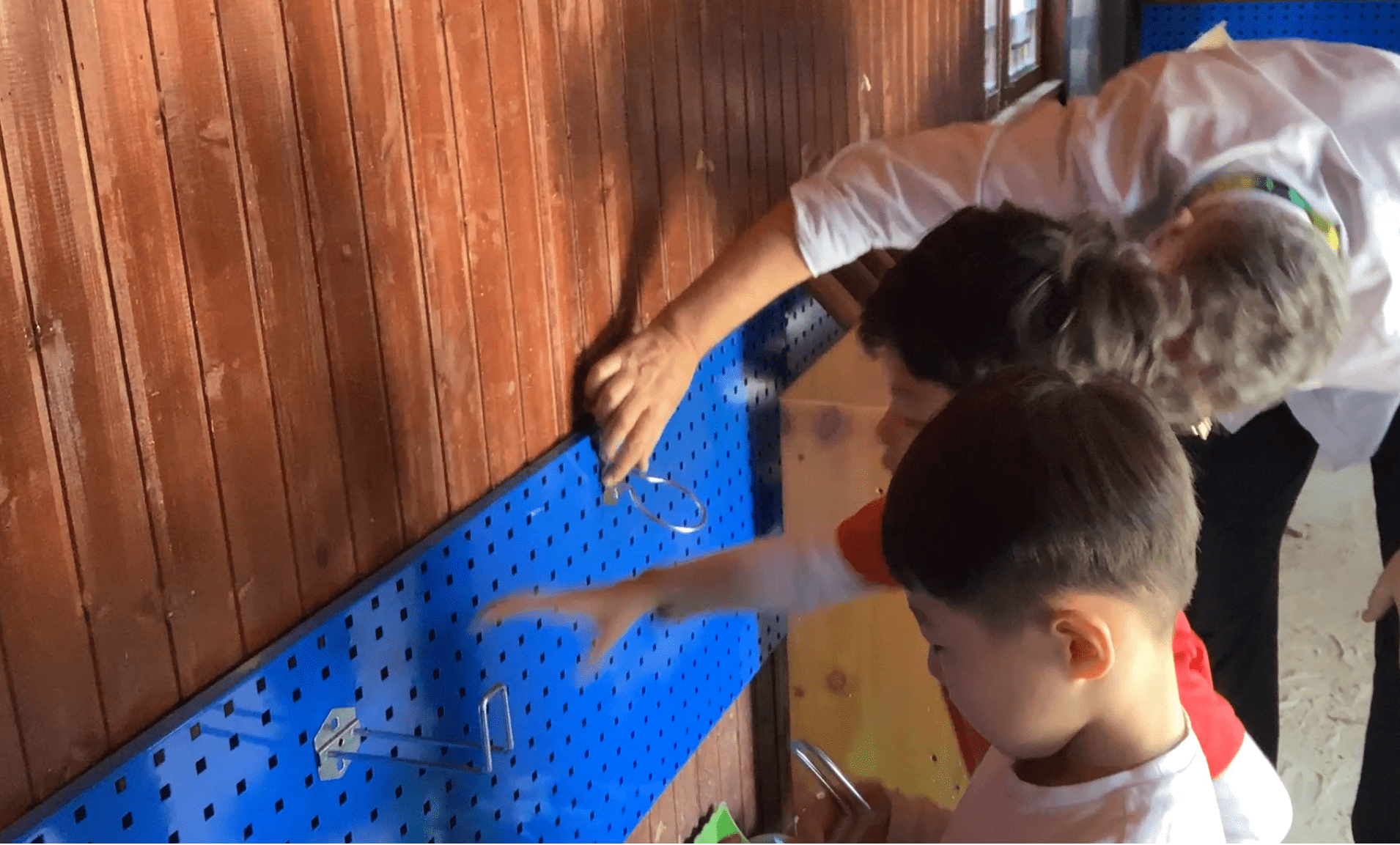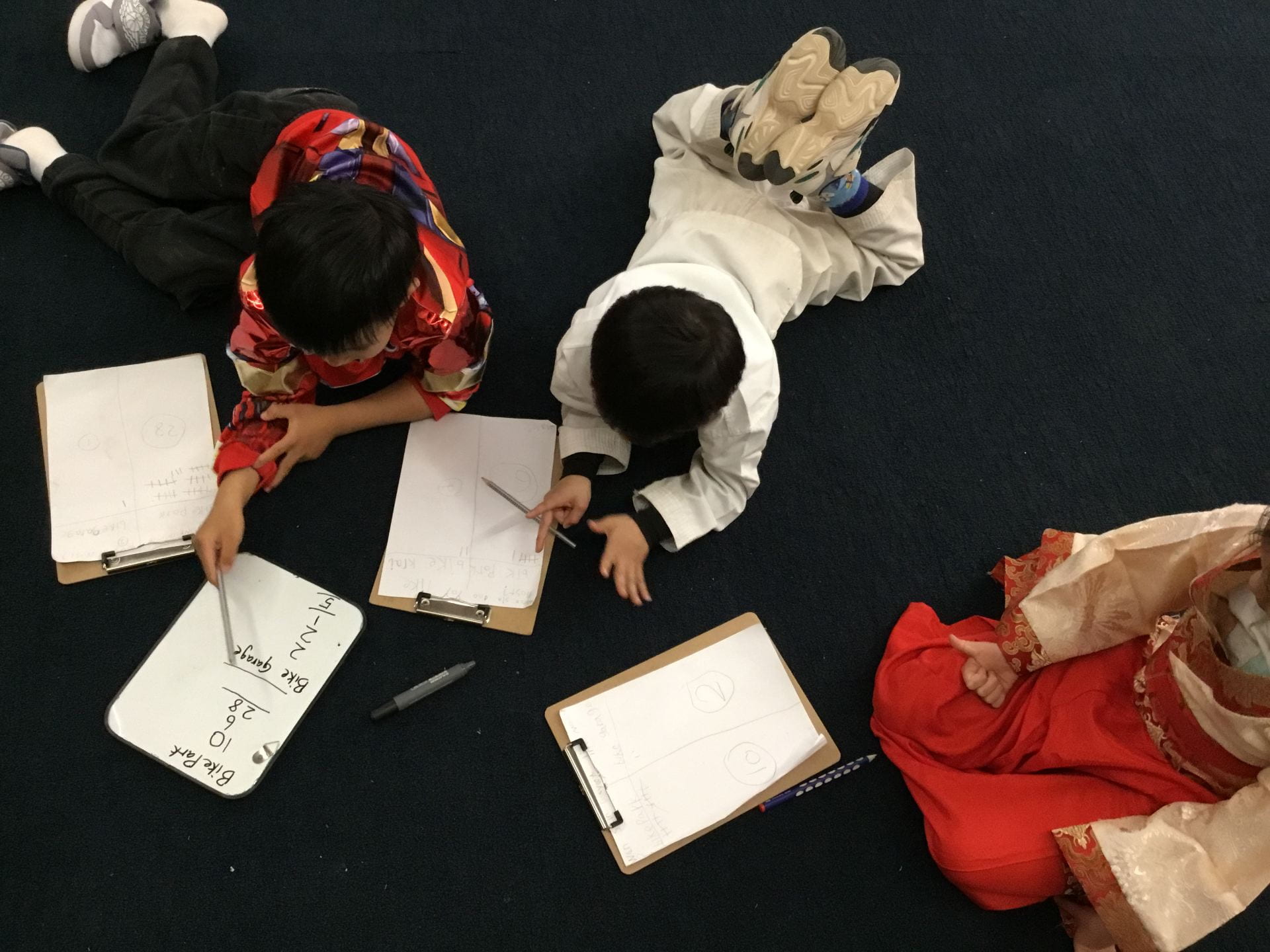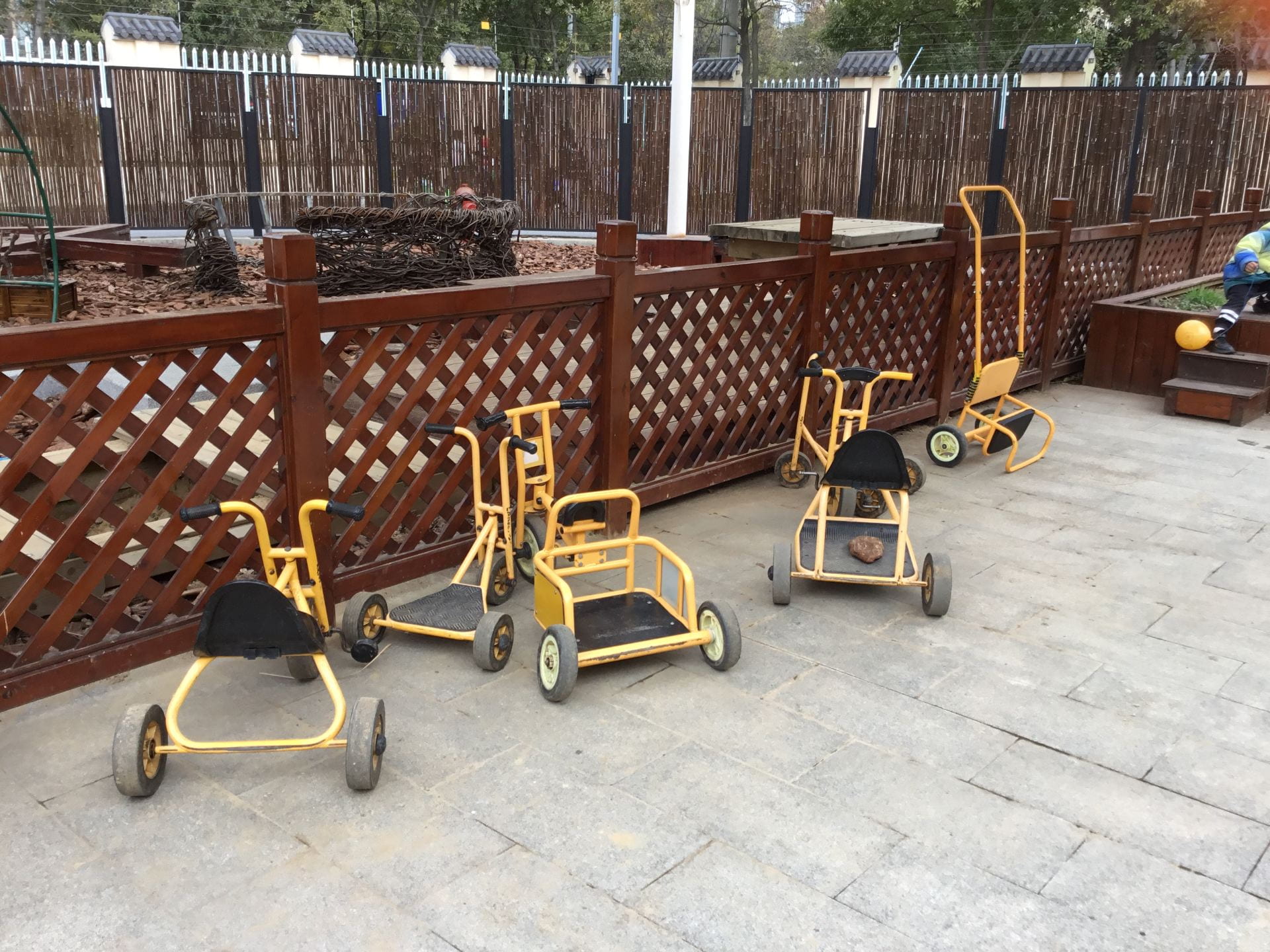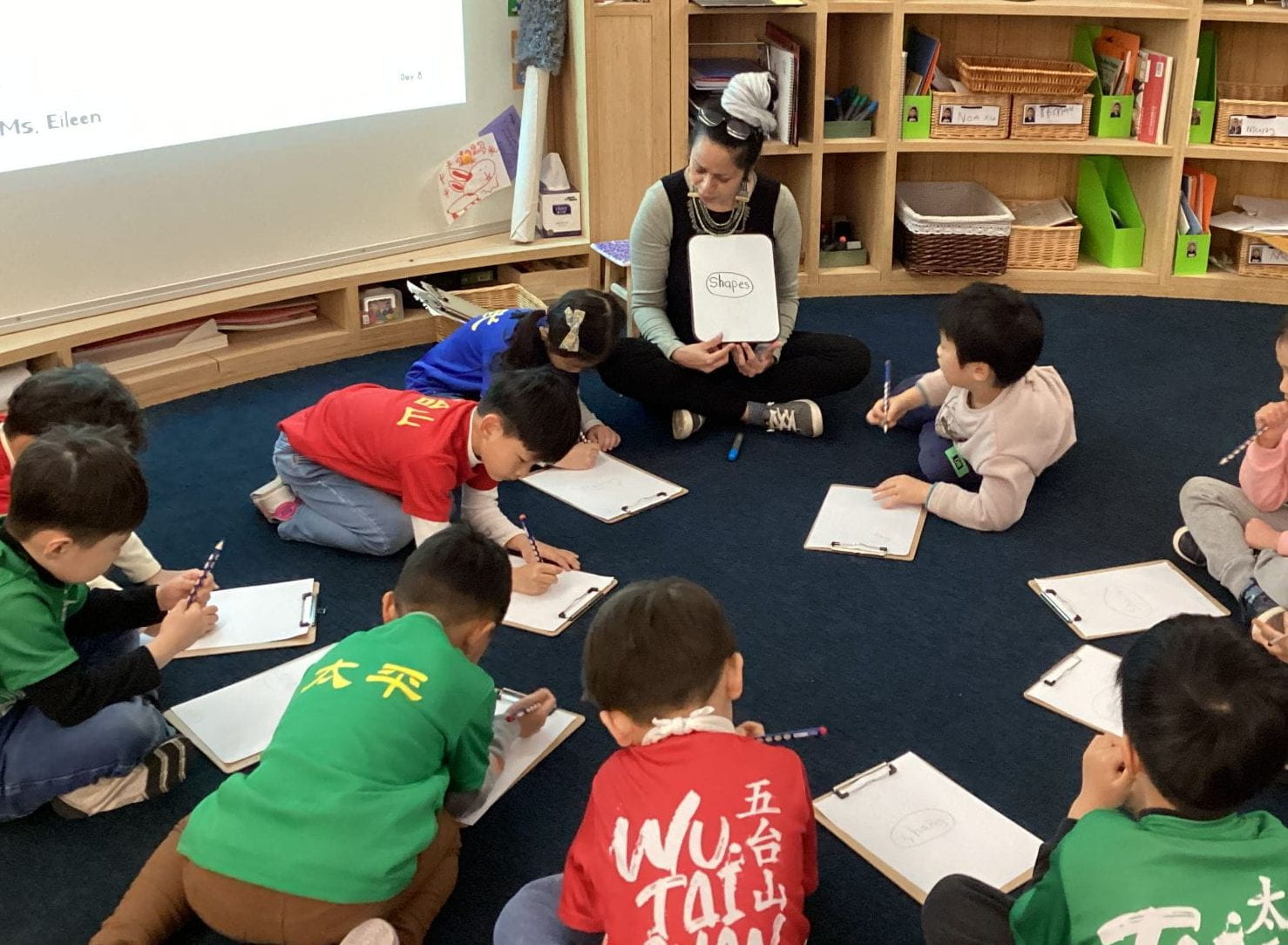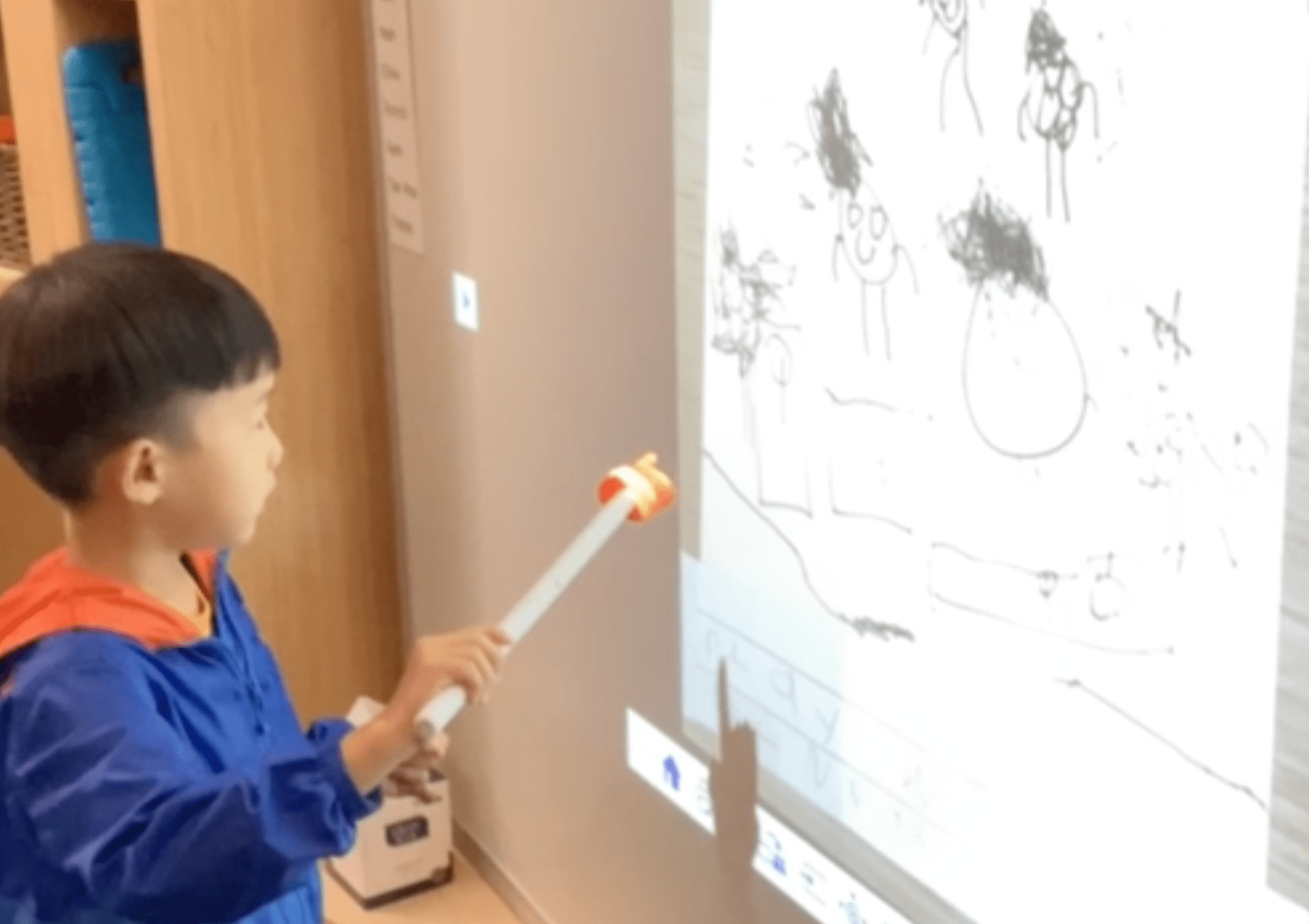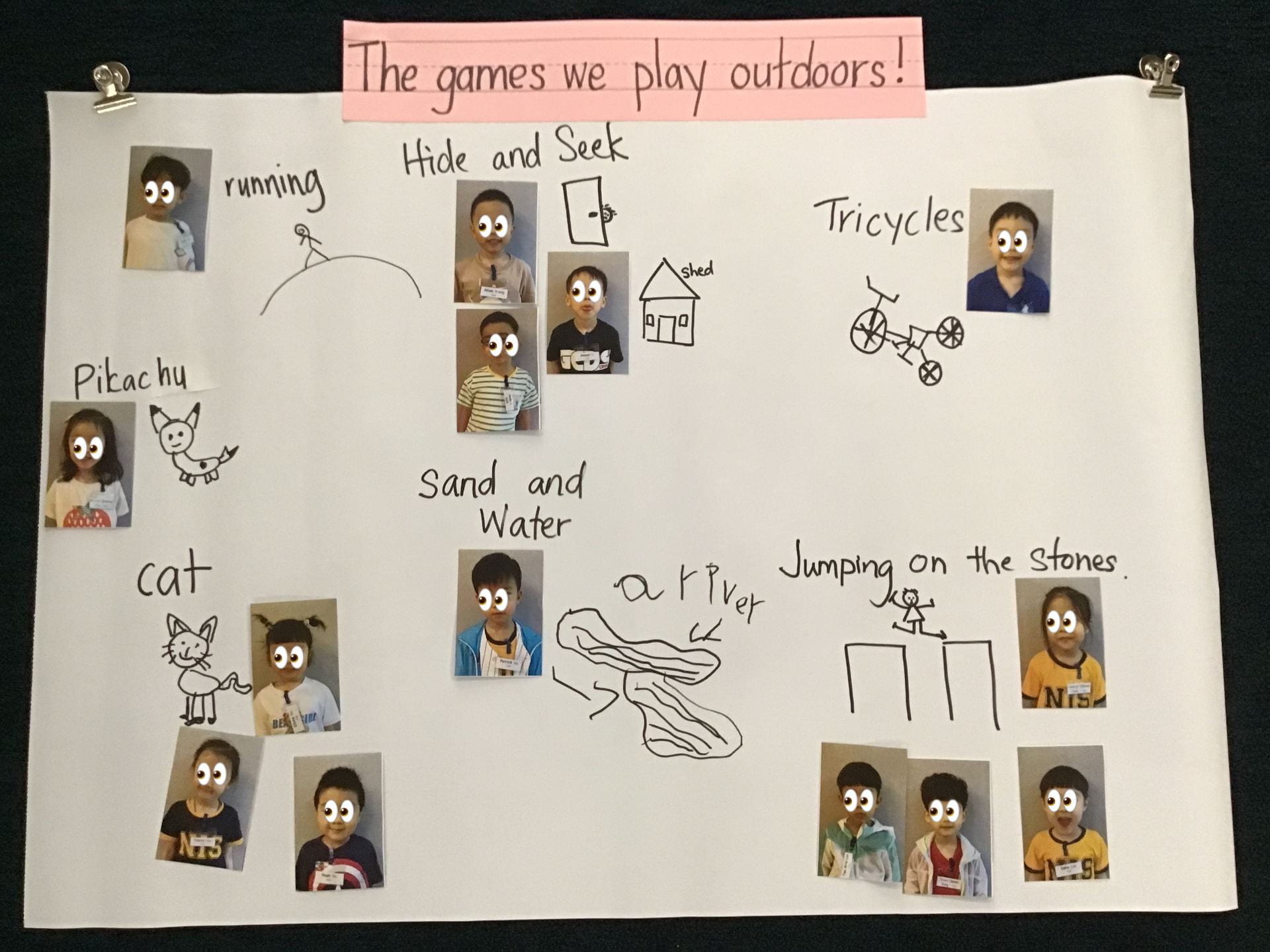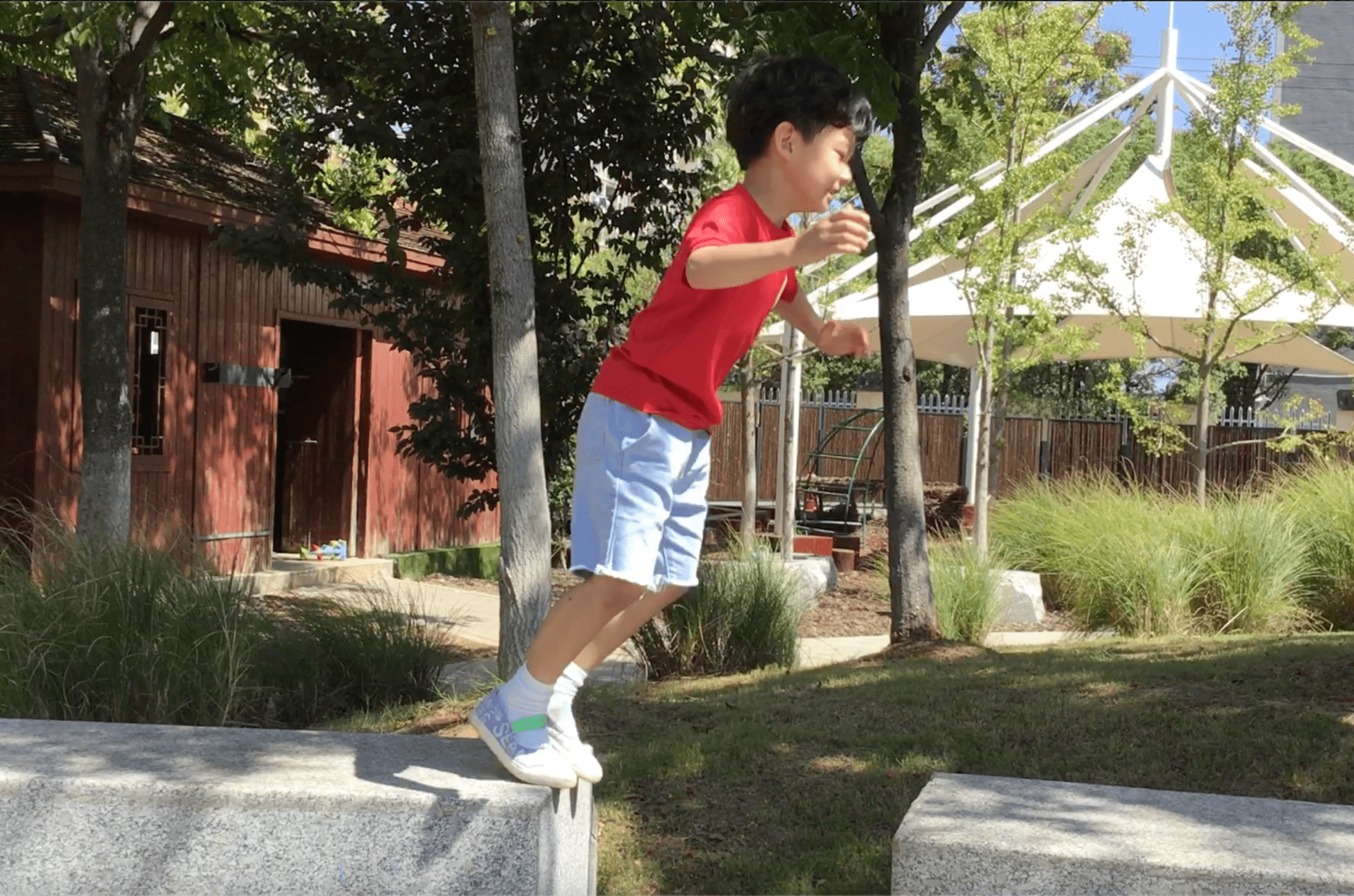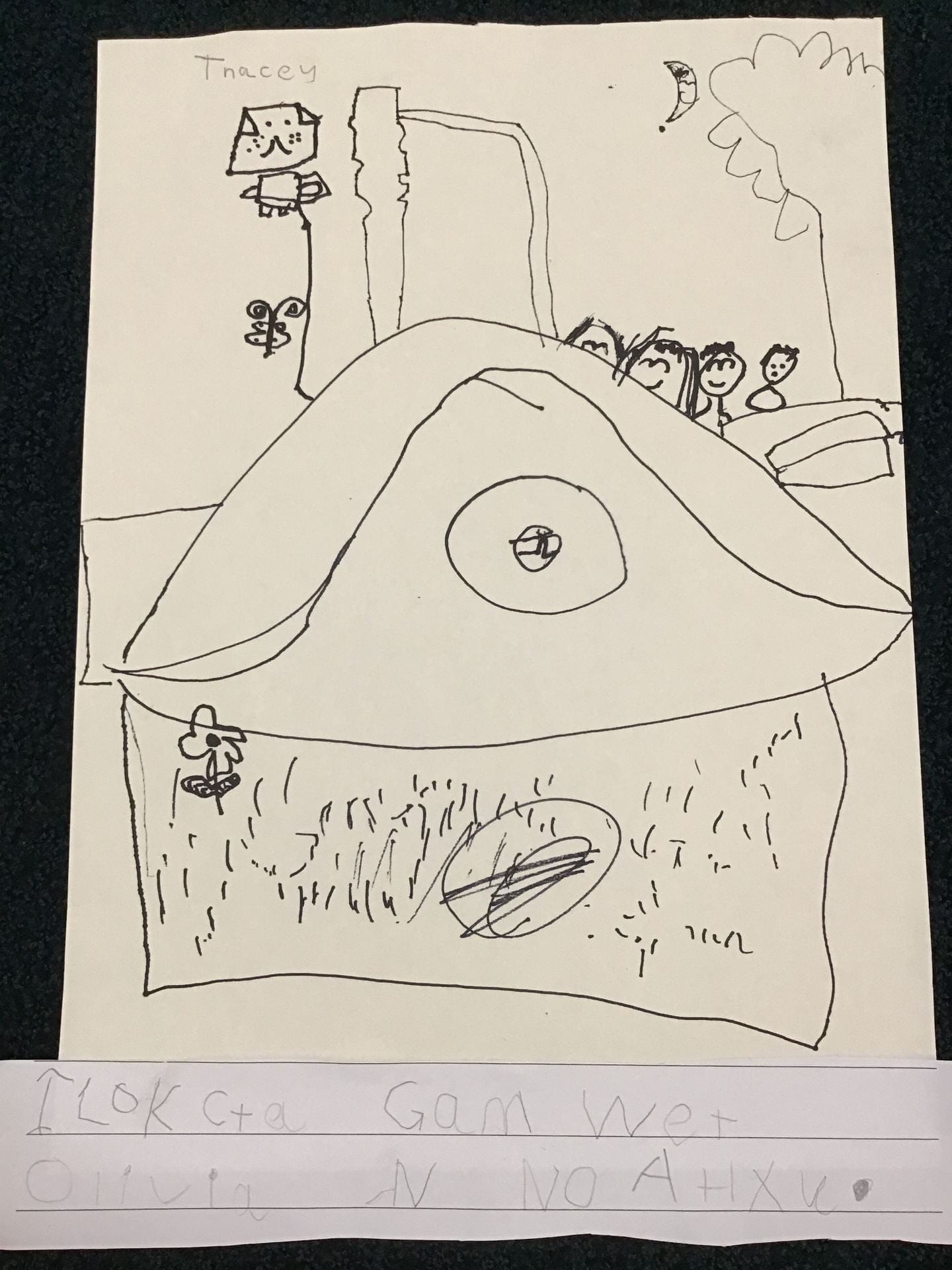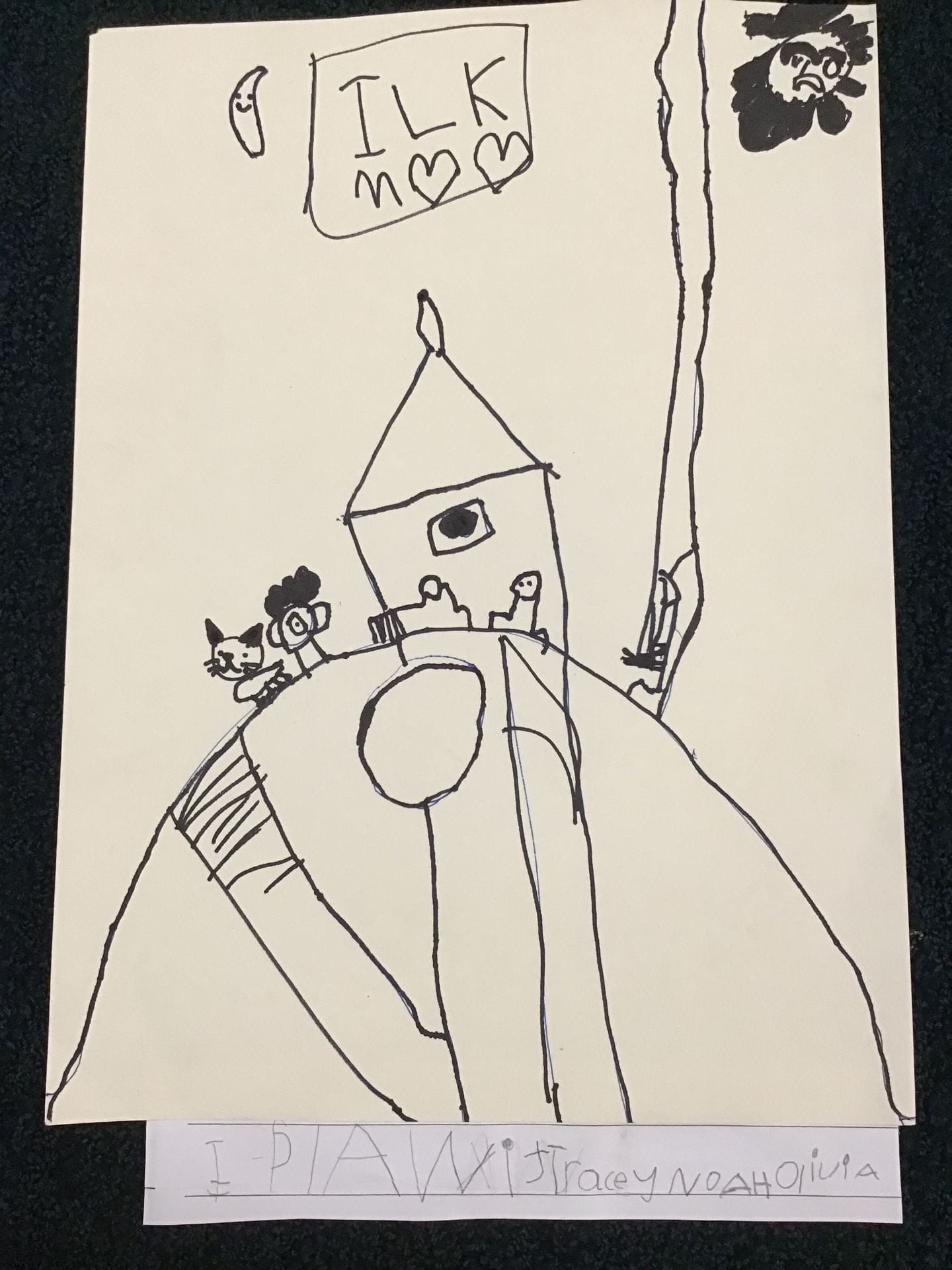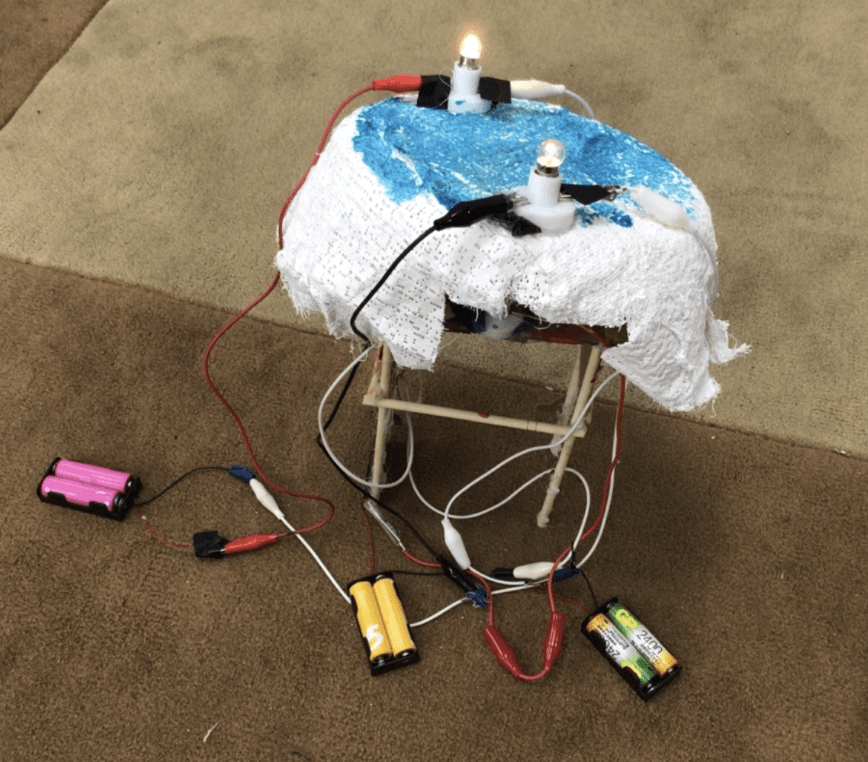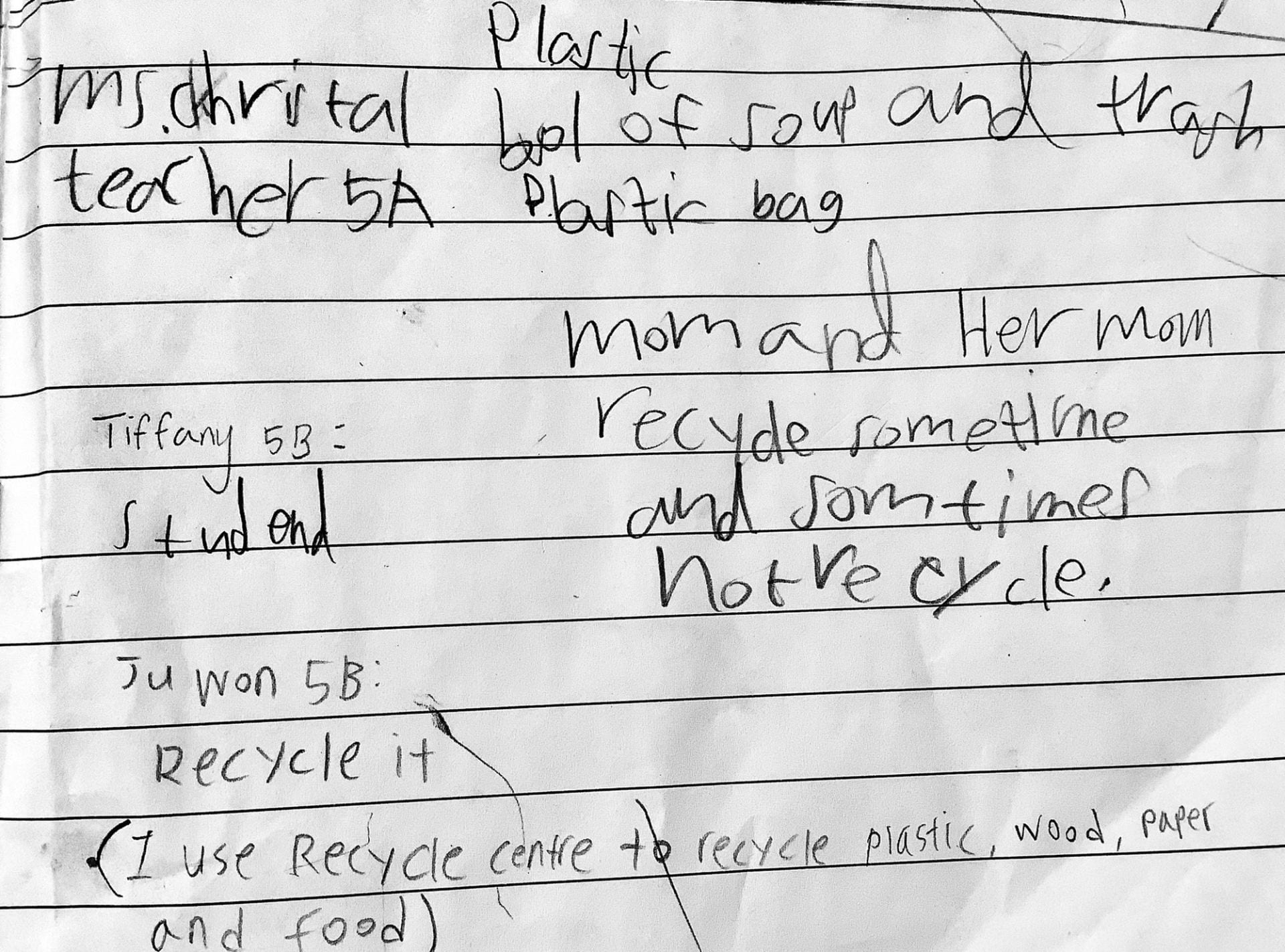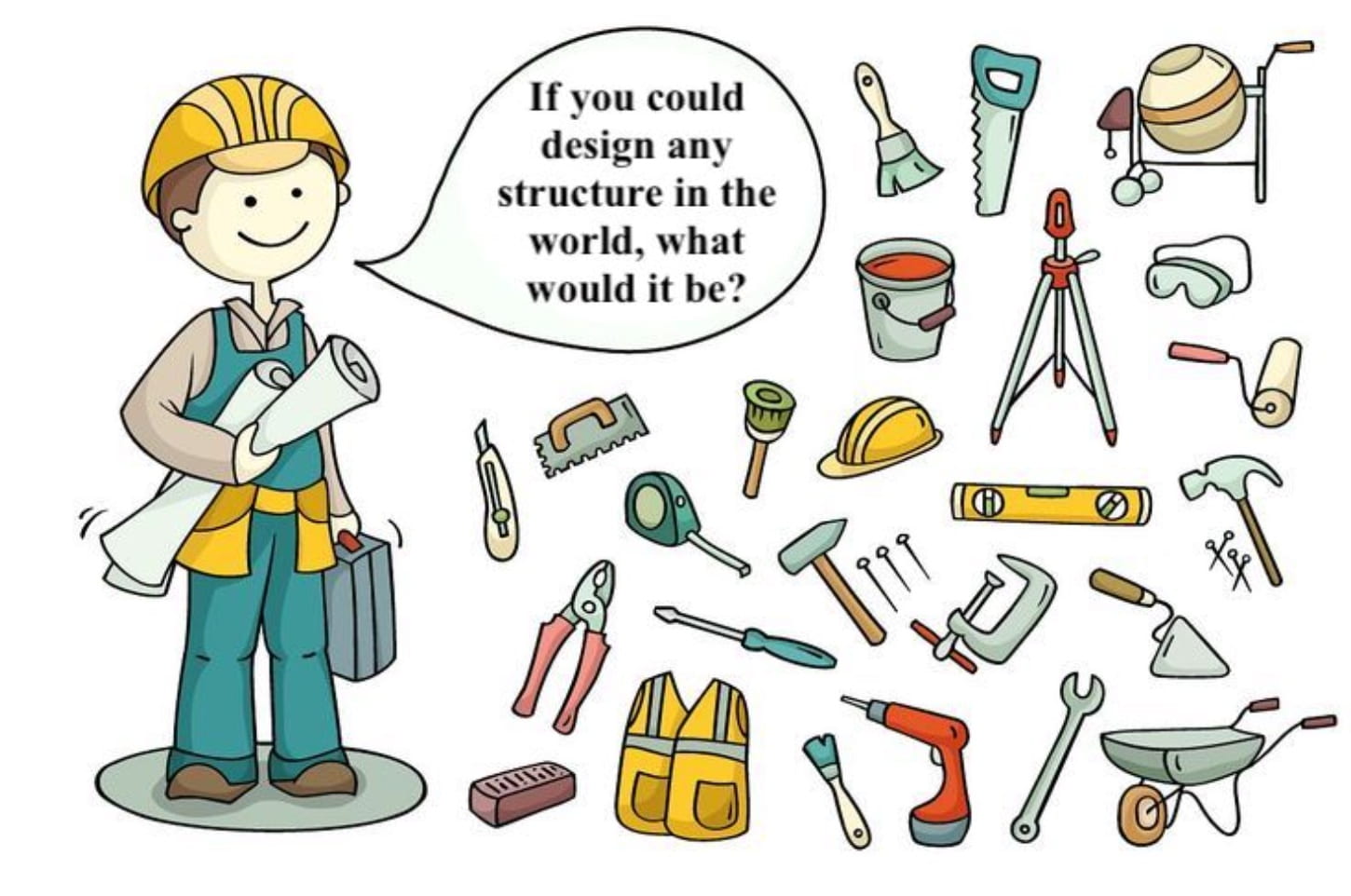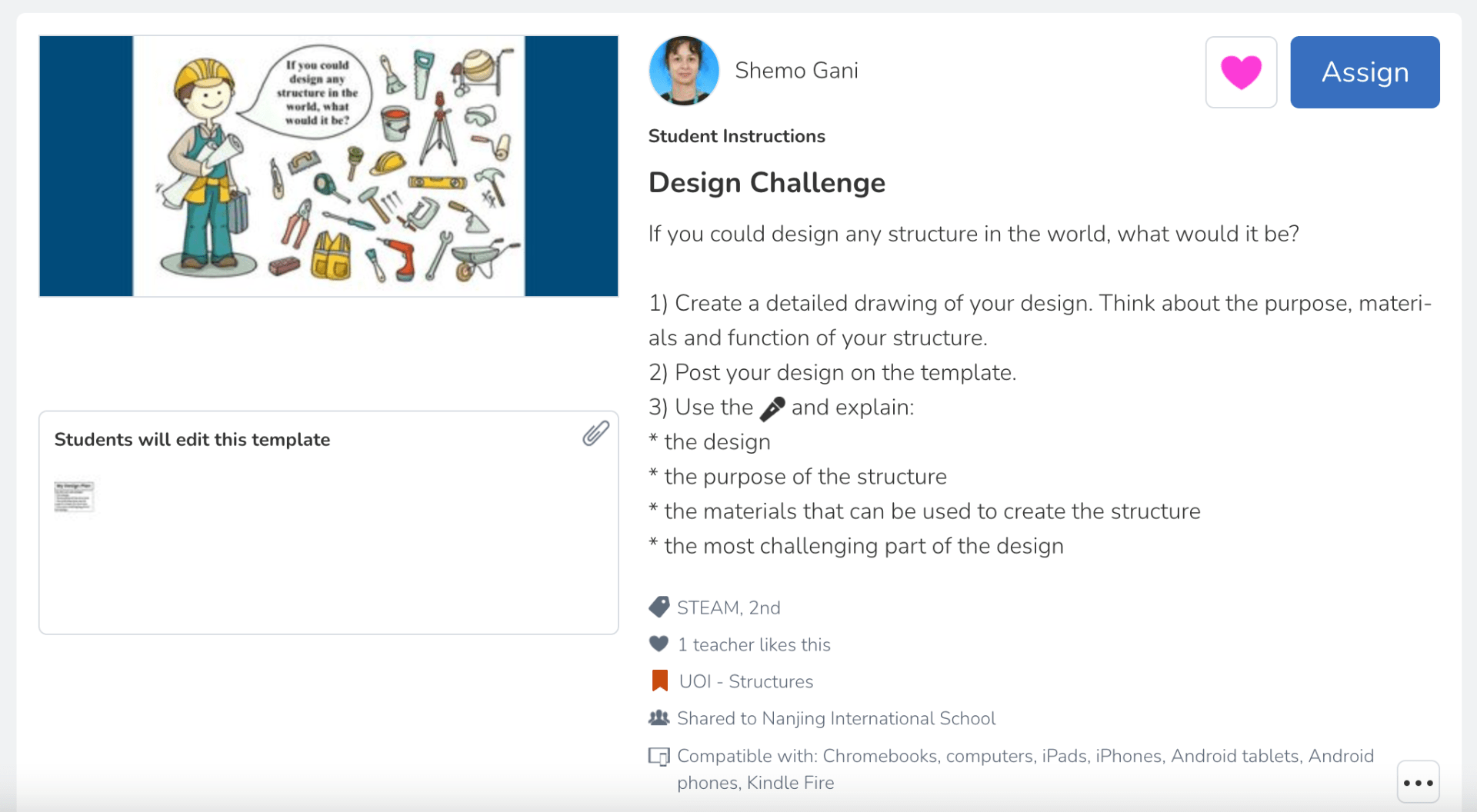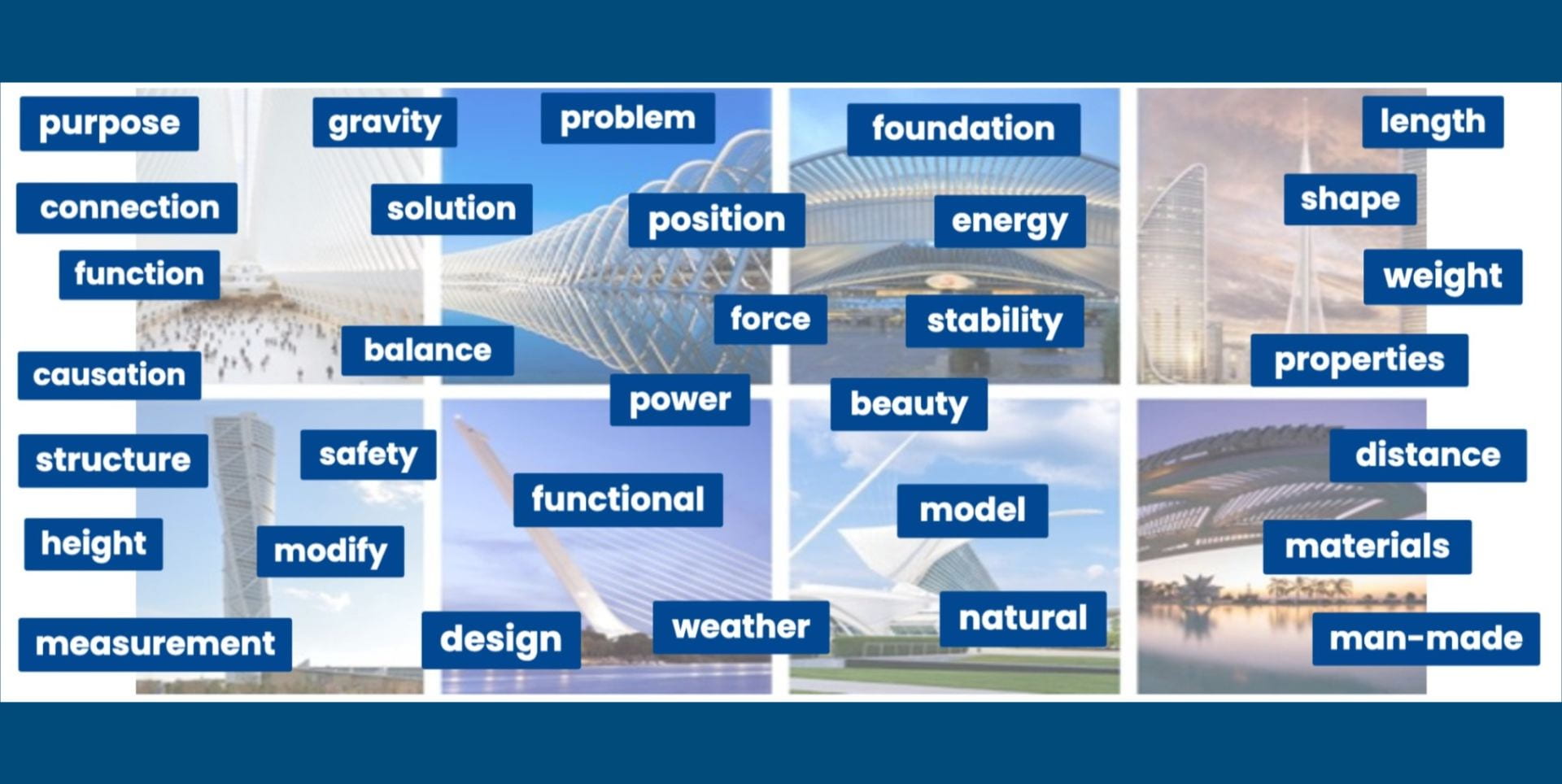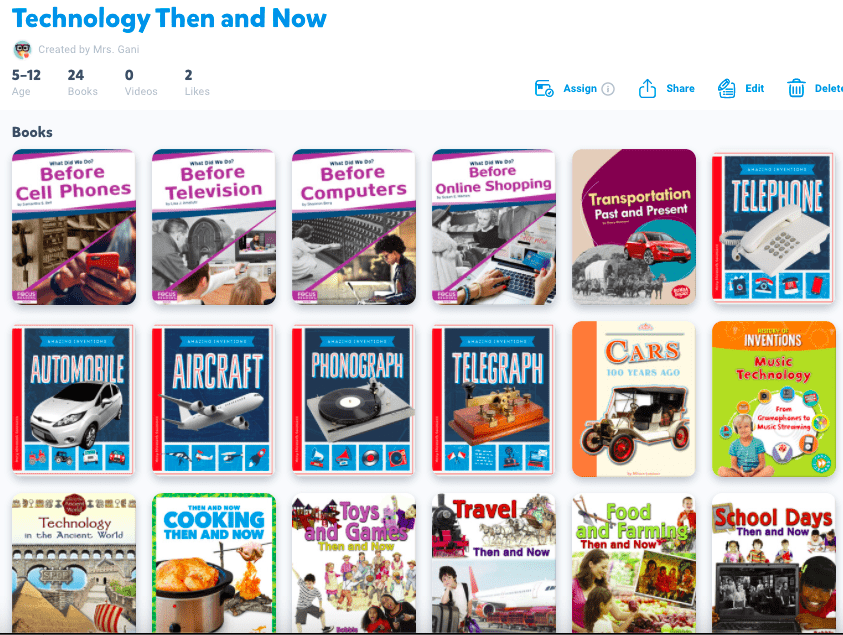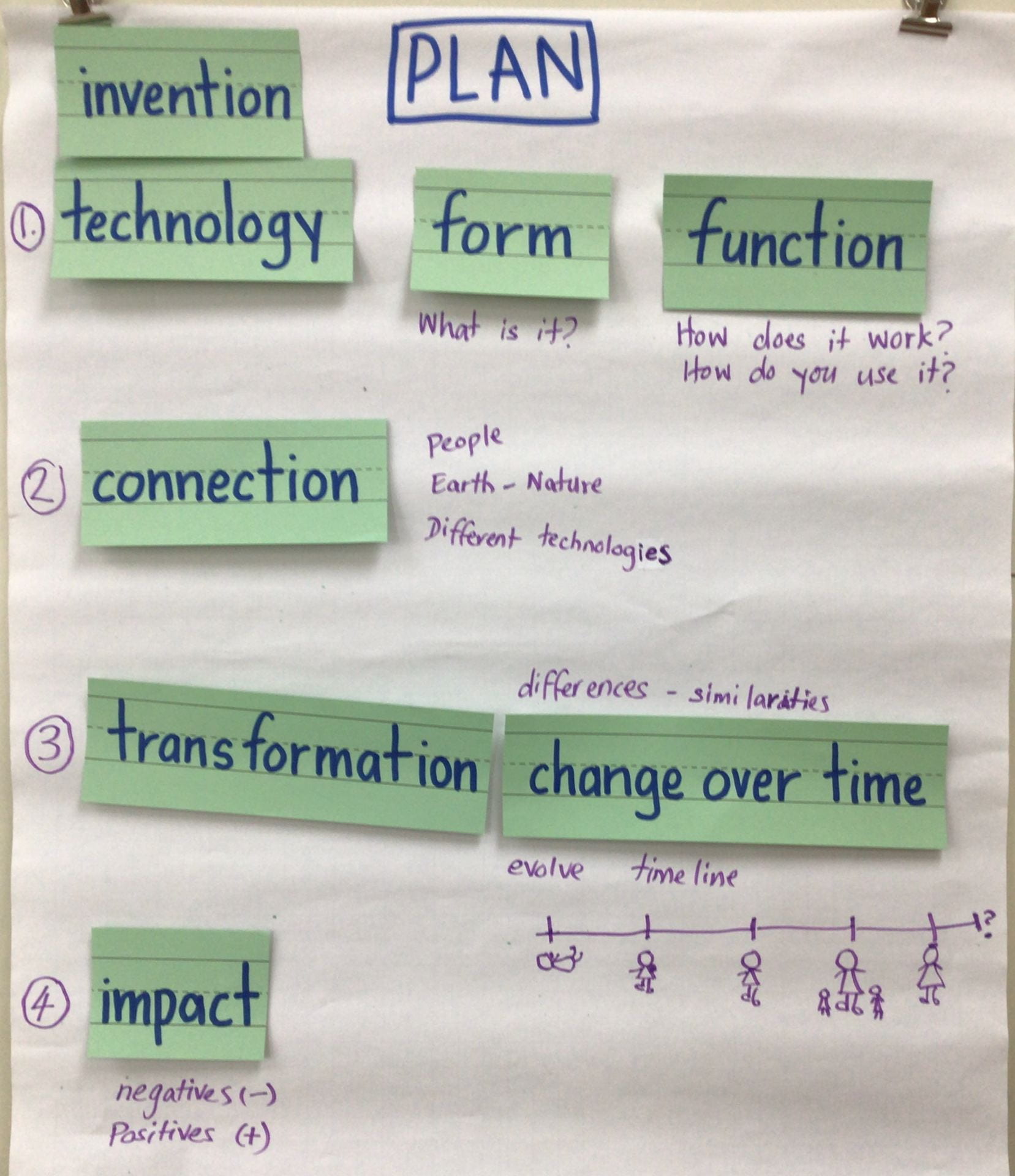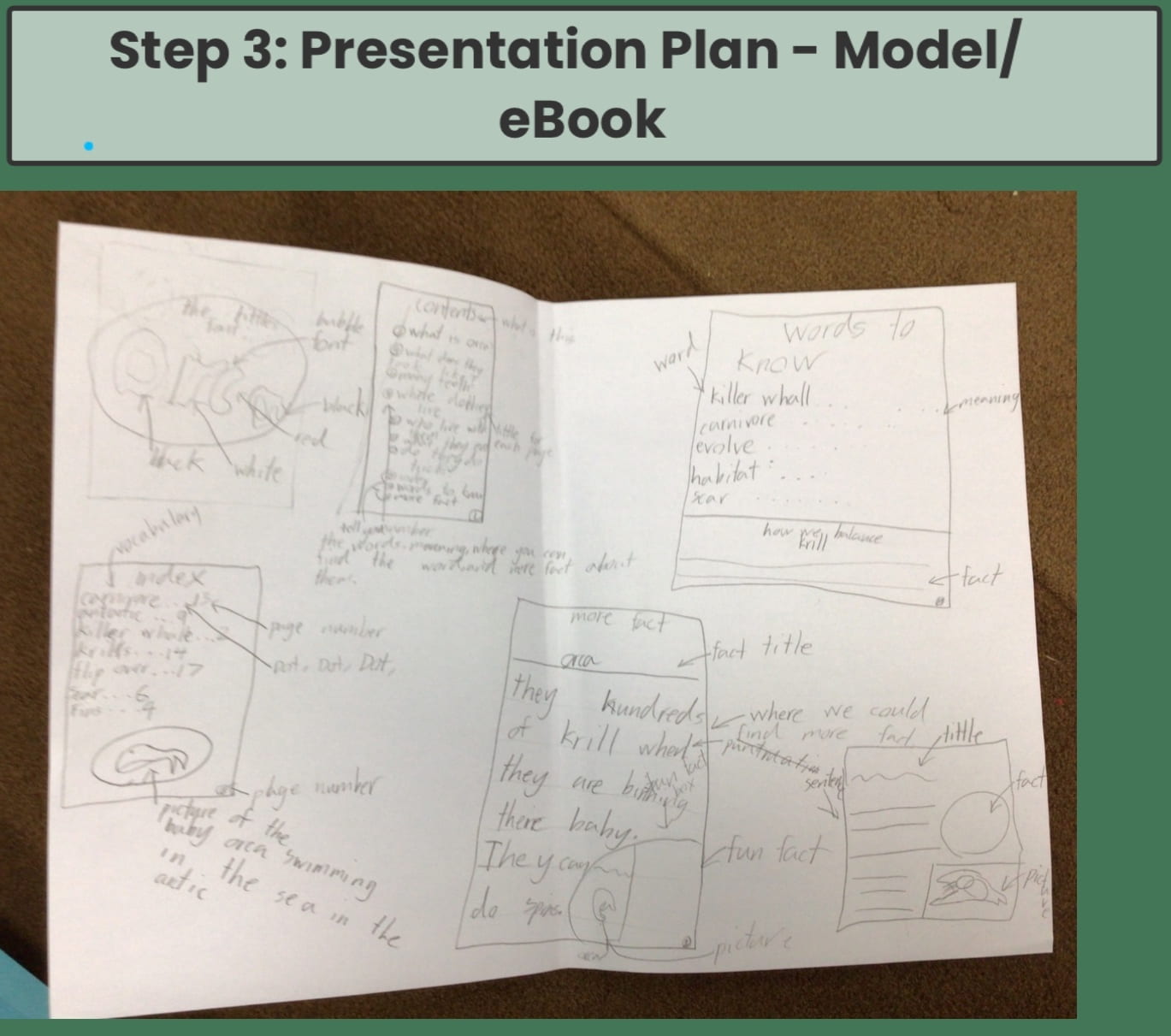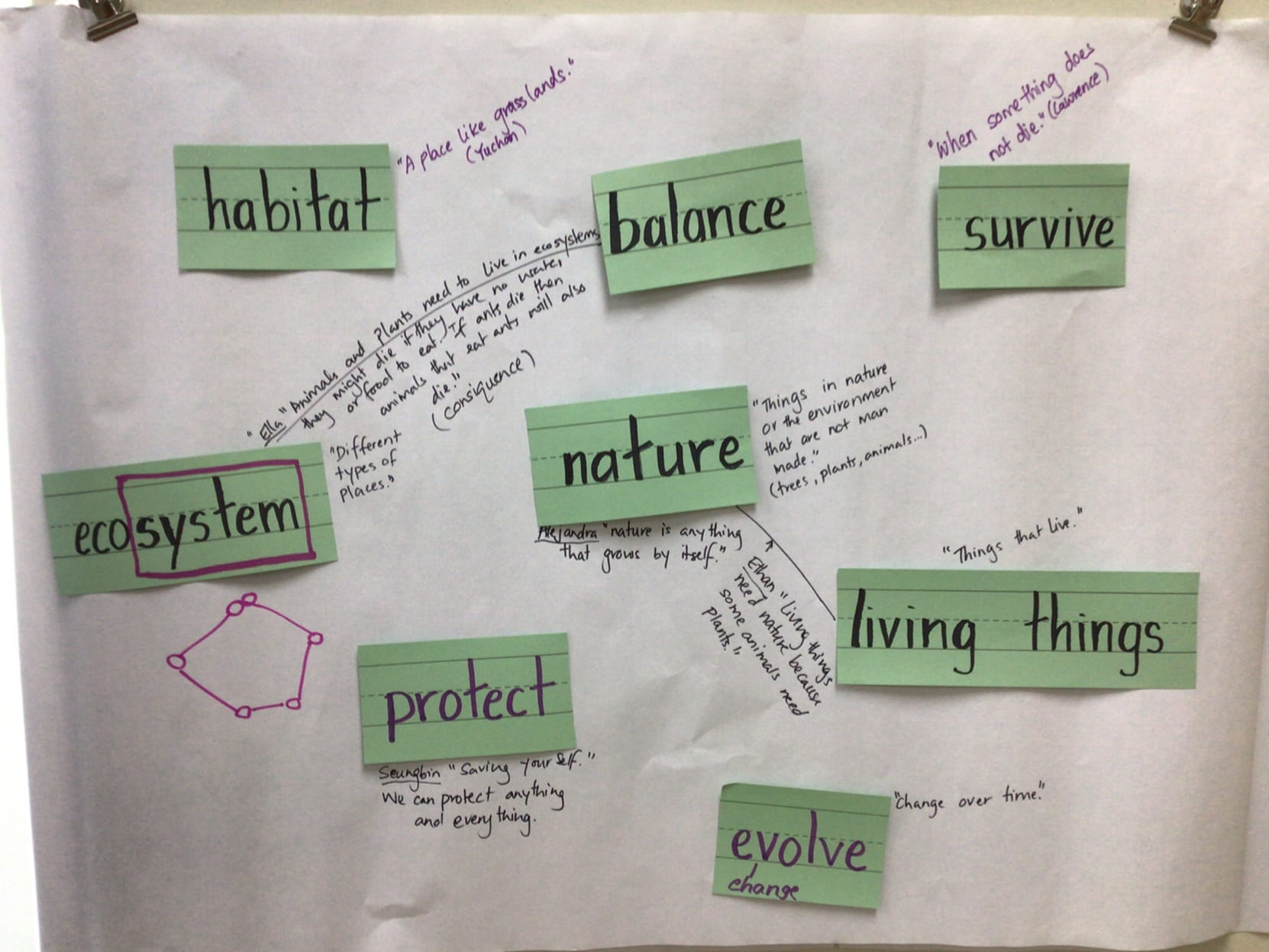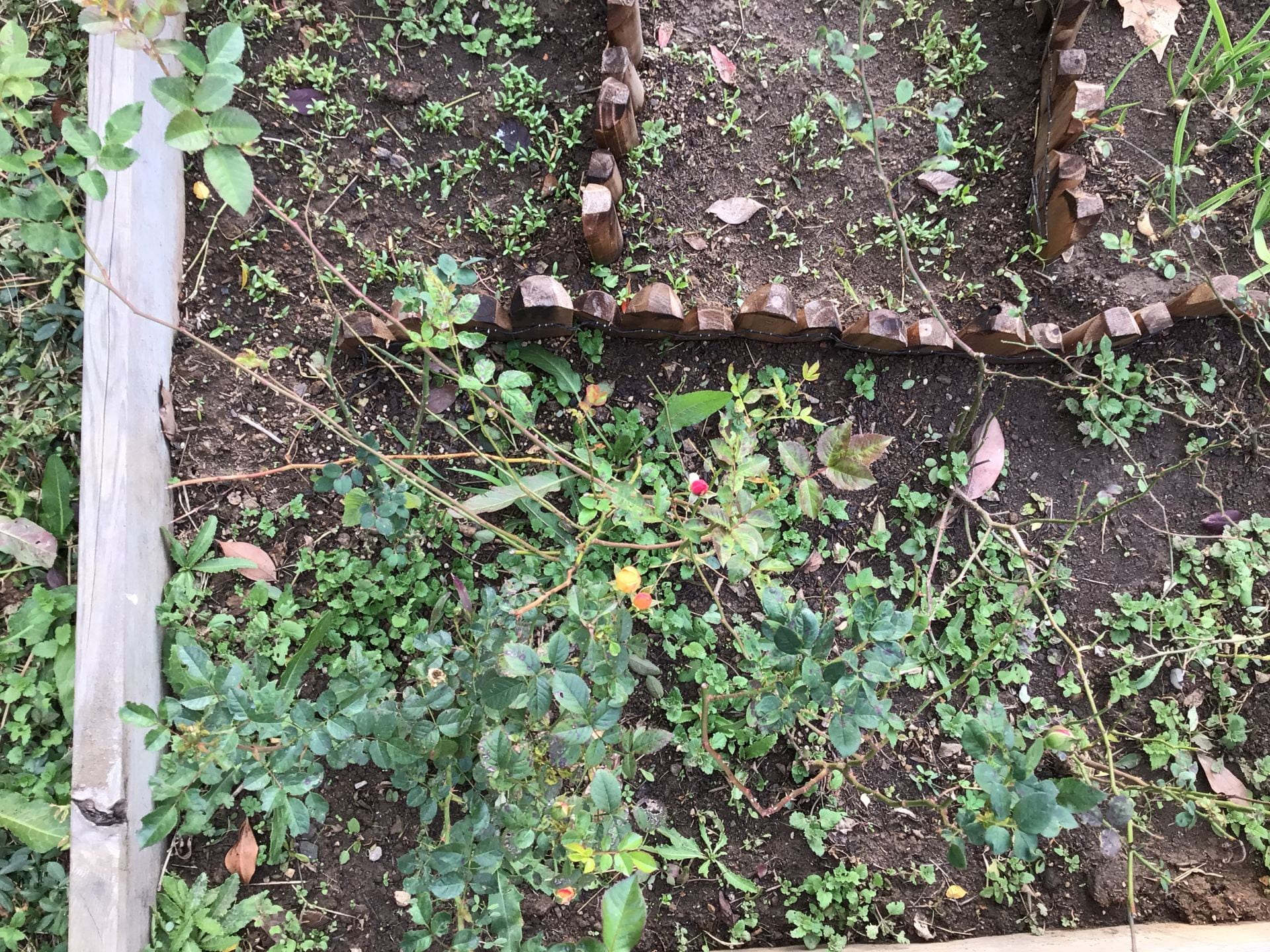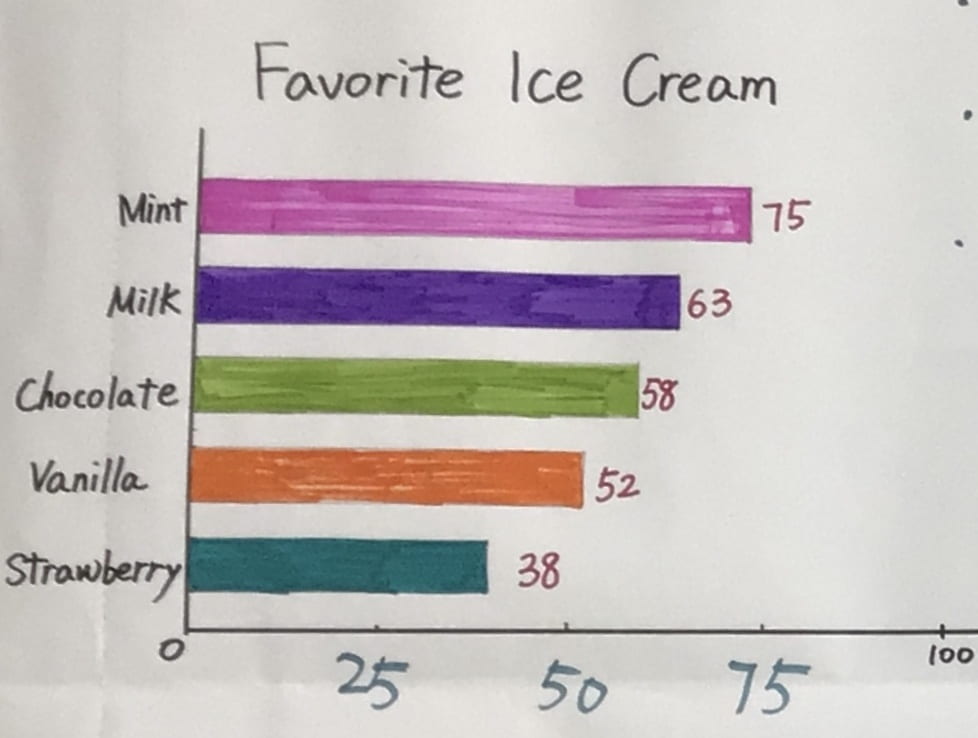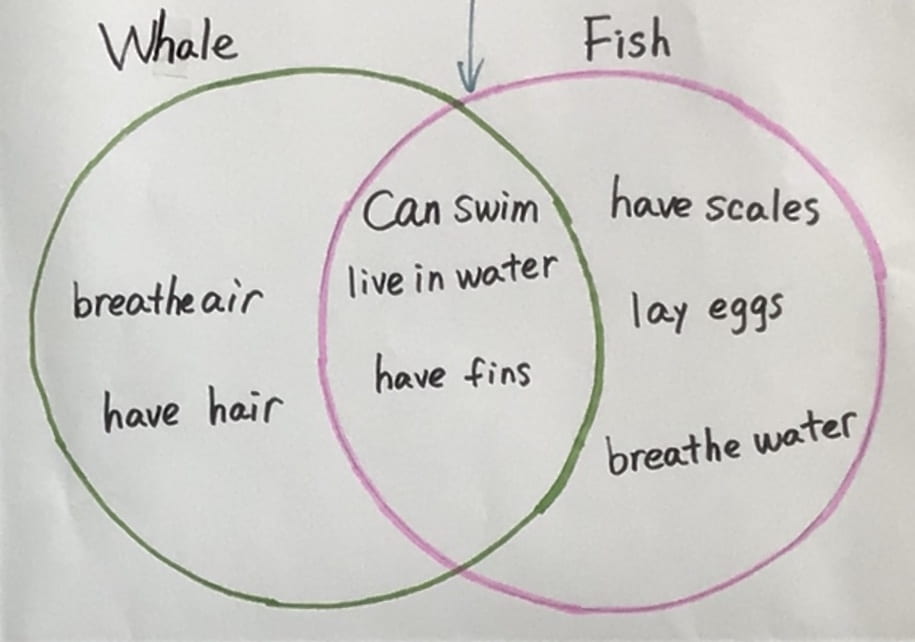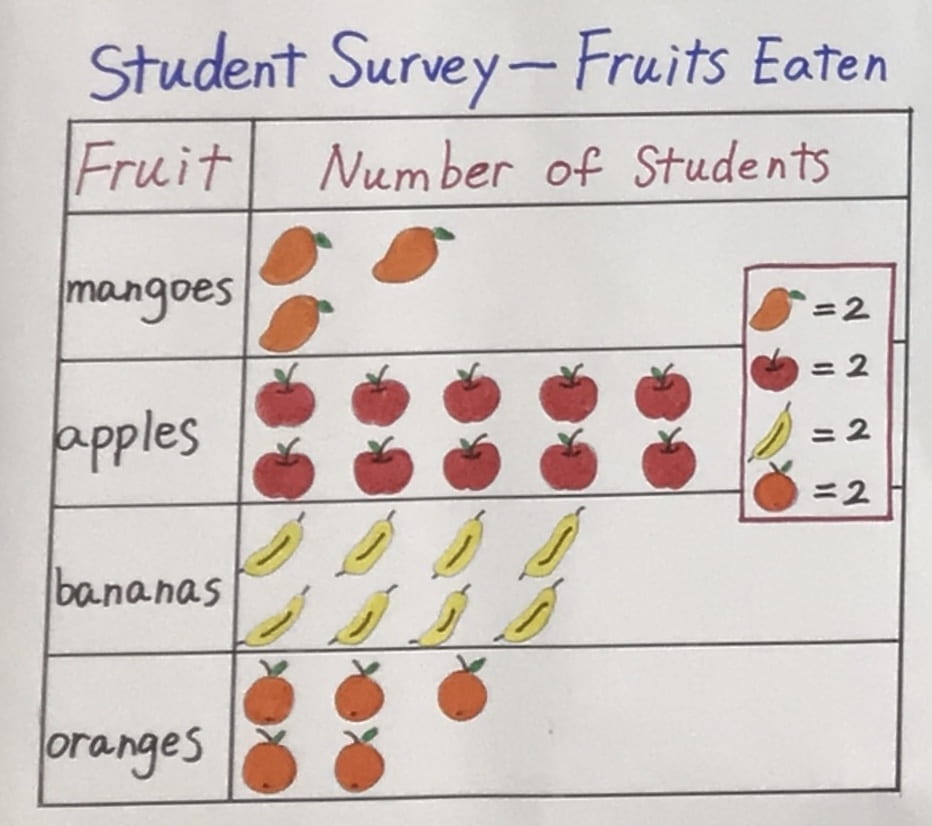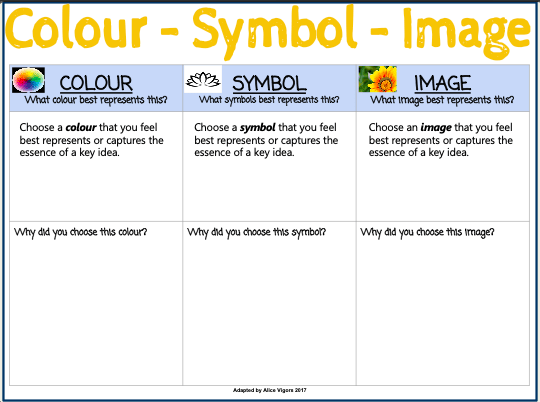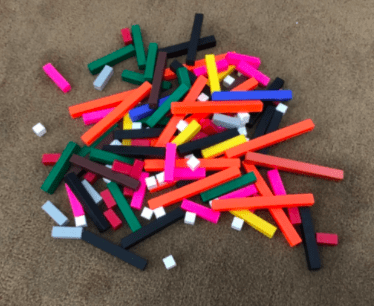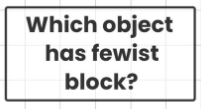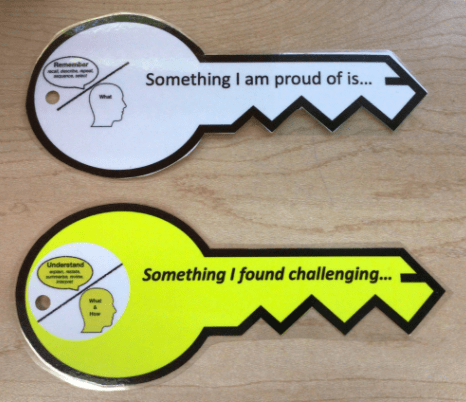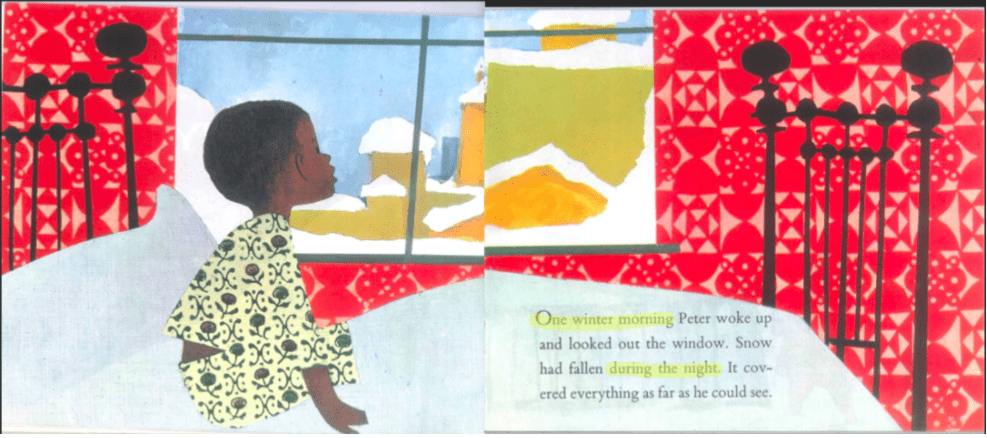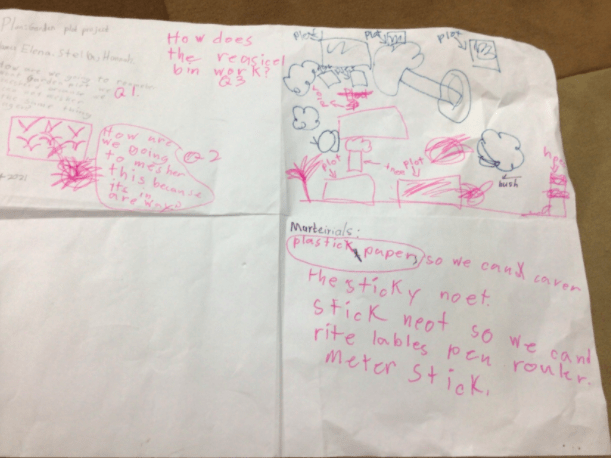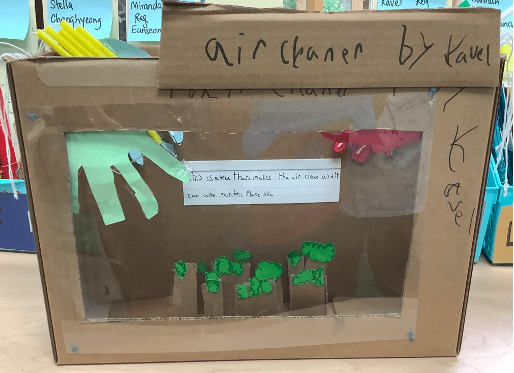 The students are deep into their research, finding out, sorting through, and making connections between the data they gather.
The students are deep into their research, finding out, sorting through, and making connections between the data they gather.
They have conducted surveys and interviews to gather information from a variety of primary and secondary sources, to learn more about the concept ‘connection’.
The students have been referring non-fiction texts, videos and talking to others about ‘transformation’ and ‘change’.
They document their learning on chat papers and books, drawing, note-talking, and writing about their discoveries.
Through their research, they continue to see how technology has ‘changed over time’ and the ‘impact’ of these changes on our own lives.


The students continue to piece together their information, understanding that we live in a world of interacting systems (‘networks‘ and ‘connections‘) in which the actions of any individual element affect others.
We continue to explore how our choices advance technological changes and the impact of these choices on our lifestyle and environment. Through our research, the students continue to explore how ‘Technology and development have the power to transform peoples’ lives’.
Key ideas we have developed as a result of our explorations are:
 How we play games has changed as video games have become easier to use. You can carry the games anywhere you want. A long time ago we played a lot of games outdoors, like tag games. Now people play more games on devices. Now we can play games on other devices like, laptops, iPads, and phones. Video games can be learning games so they can help us with spellings, languages or math.
How we play games has changed as video games have become easier to use. You can carry the games anywhere you want. A long time ago we played a lot of games outdoors, like tag games. Now people play more games on devices. Now we can play games on other devices like, laptops, iPads, and phones. Video games can be learning games so they can help us with spellings, languages or math.


 Negatives:
Negatives:
- If you do not have WIFI then you can’t play the games on devices.
- Your eyesight gets worse because we are looking at devices.
- Playing games on devices does not help your body, you need to move.
- You need to charge the games using electricity. If you don’t have electricity, then you cannot play it.
- Devices take a long time to decompose, and this is bad for nature.
 The way we communicate has changed because we can call or text message with phones, iPads, app watches, computers. We can send messages quickly and easily. We can share ideas with people. We can take tests quickly on Seesaw, we can get feedback from our teachers and then correct our work quickly online. Sending letters or messages through email is faster.
The way we communicate has changed because we can call or text message with phones, iPads, app watches, computers. We can send messages quickly and easily. We can share ideas with people. We can take tests quickly on Seesaw, we can get feedback from our teachers and then correct our work quickly online. Sending letters or messages through email is faster.



Negatives:
- First you need to find the people you want to talk to before you use apps to chat.
- If you don’t know the people, then it can be unsafe or dangerous.
- You need WIFI to make it work.
- If you spend too much time on the devices, then your eyesight will get worse.

The way we serve and prepare food at restaurants has changed with the introduction of robots. Using the robots make it quicker and easier to prepare and serve the food. You can serve more people when you have robots. We can do many things at the same time because we use robots to help us work more efficiently.
 Negatives:
Negatives:
- If the robots break, then the people in the restaurant won’t be able to get the work done.
- The robots are expensive so they might be hard to buy.
- If you always use the robots, then people might be not be good at doing those jobs.
- Sometimes the robots might not work because there is a problem with the battery or the WIFI.
- It takes a lot of time to make and programme the robots.
- When we don’t need the robot anymore then we throw it away and then it goes into nature, and it is hard to decompose because there are wires, metal and plastic that take a long time to decompose.
- Robots need power to work, it takes electricity. Electricity is made with oils and that is not good for the earth and nature. It also causes air pollution, and this is bad for the animals and humans. We breathe the bad air and that is bad for our bodies.
- The robot might explode and that can hurt the people and nature.

 How we listen to music has changed as we can use electricity to make the music players work. We can use apps on the phones to listen to music.
How we listen to music has changed as we can use electricity to make the music players work. We can use apps on the phones to listen to music.


Negatives:
- if you always listen to loud music, it will affect your hearing.
- Some musical instruments need electricity to work
The ways we organise and choose books have changed because of technology used with the library systems. It helps us search for books quickly. You can return the books quickly.

Negatives:
- Less time to talk to people face to face because there are devices to help people.
- It can be bad for nature because you use laptops, and these are hard to decompose.
- It takes a lot of time to programme the system.
- You need to use electricity to make the system work. If you do not have electricity, then you cannot look for books.
- You need people to help you use the library system.
How we clean our homes have changed because we use robots to do the work. It is more efficient because you can do other things while the robot is cleaning your house.
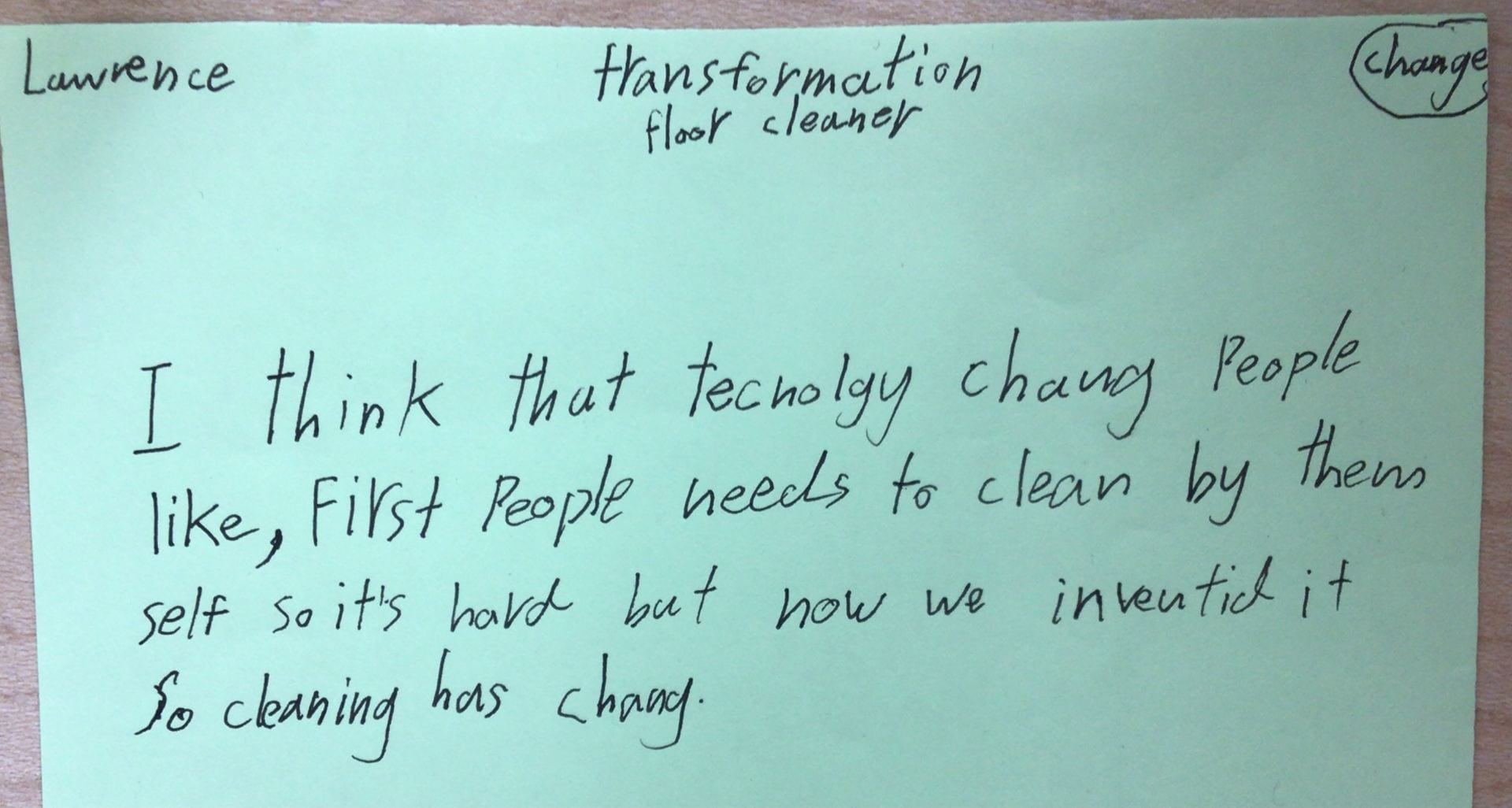
Negatives:
- Robots have sensors and if there is water then the robot might not work. It can catch on fire.
- The cleaner can get stuck and not work when it gets entangled with fabric, carpets, or objects.
How we create electricity has changed over time. We make electricity by using water, wind and sun. A long time ago we used water and wind turbines to make electricity. We used trees to cut out a wheel shape. The wheels have some space, and the water gets into it. Then we can make electricity. The wheel is like a spinning wheel and then it connects to a motor and it turns. When it spins it gets more power, and the power become electricity. Now, we use solar power to make electricity. It is quicker and the solar panels are waterproof and you can use them a long time. You don’t have to pay for electricity. Wind turbines can be made under water and on land. Windmills can be used too. The wings on the windmills spin and make electricity. Just the same as solar panels, the windmills can make electricity quickly.


Negatives:
- When we use wind turbines it only makes a little bit of electricity.
- Animals live in trees so if we use too many trees to make these machines then it is not good for nature.
- When we use too much electricity it is bad for nature as it takes a lot of power to make electricity. And in some building they make electricity and it makes a lot of smoke and that is bad for nature.
- If you touch the plugs when you have wet hands, you can get hurt.
- There can be explosions because we use electricity.
The way we fight fires has changed because fire trucks are stronger and faster. The fire alarms to tell people to get to safety. We use a phone to call the firefighters. We use a fire extinguisher to put out the fires. The chemicals are inside, and they come out as soaps, air, or liquids to put out the fires. We use robots to put out fire. The water sprinklers have sensors, and it will spray water if there is a fire.

Negatives:
- If the fire alarm is broken, then we won’t know there is a fire. If the batteries do not work the alarms will not work.
- If there is a fire and the system or devices explode, then the fire can become worse.
Using computers has changed the way to search for information. We use apps on computers to get information and search like on Google. We use computers in the Library, to have online meetings, check the news and the weather. We also use computers to do work, connect it to the TV and watch movies even change the language. We can use computers to play games. A long time ago the computers were in big rooms and then they became smaller and smaller. People had to go inside the computer to make them work. They evolved so you can take them to different places. A long time ago we could only write on the computers.


Negatives:
- When we work on the computers for too long, your eyes will get red and you might need to wear glasses.
- Computers are made of many things and some of the things are in nature. They are bad for nature.
- Computers take a long time to decompose.
- If you are still learning how to use the computer you might break it.
- If you are using a computer every day, and after about 5 years it gets old. You need a new one and it costs a lot of money.
- When the computer CPU is weak then there is a blue background and there is a message that says that the computer has got stuck. Then you need a new computer.















